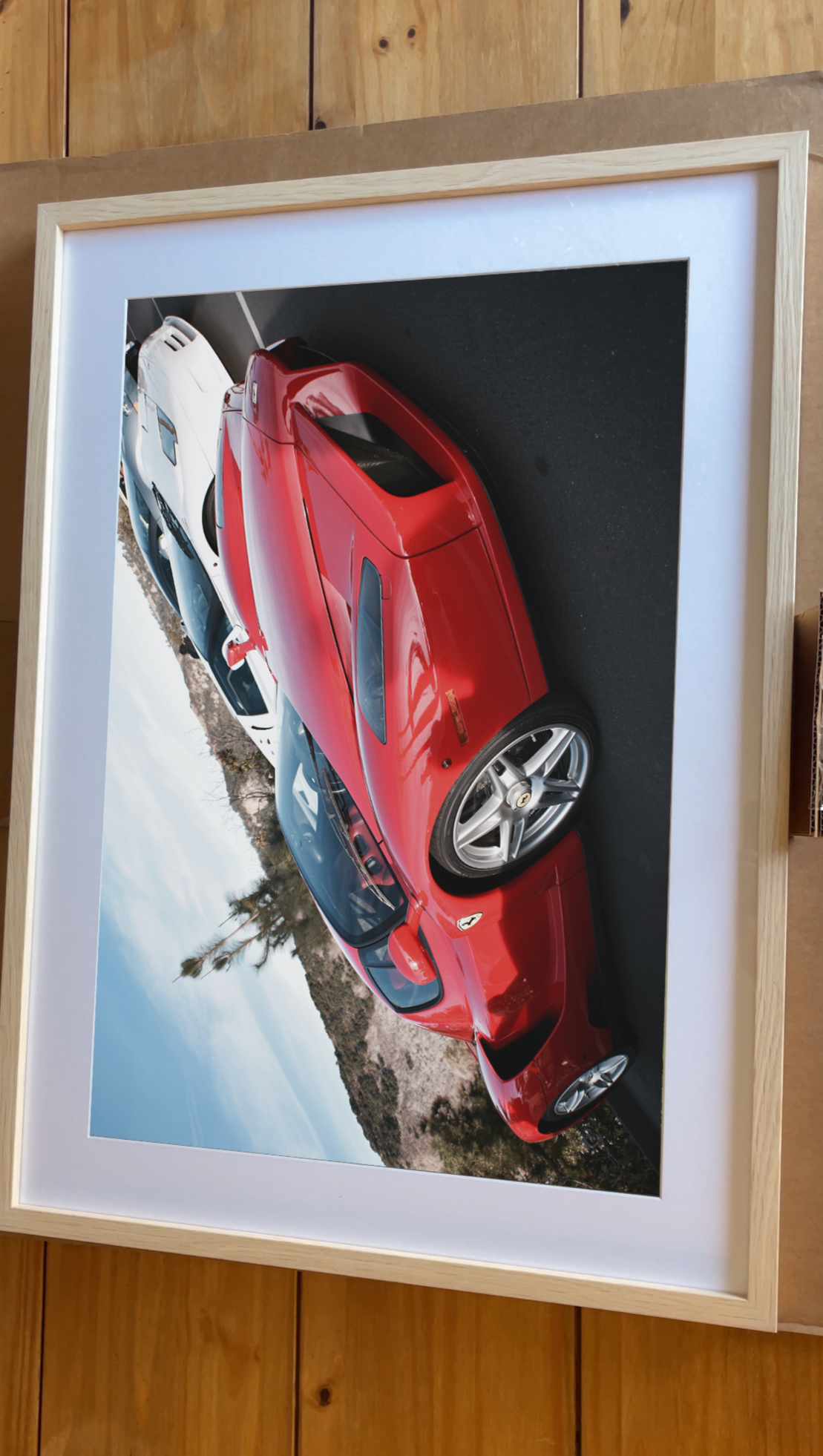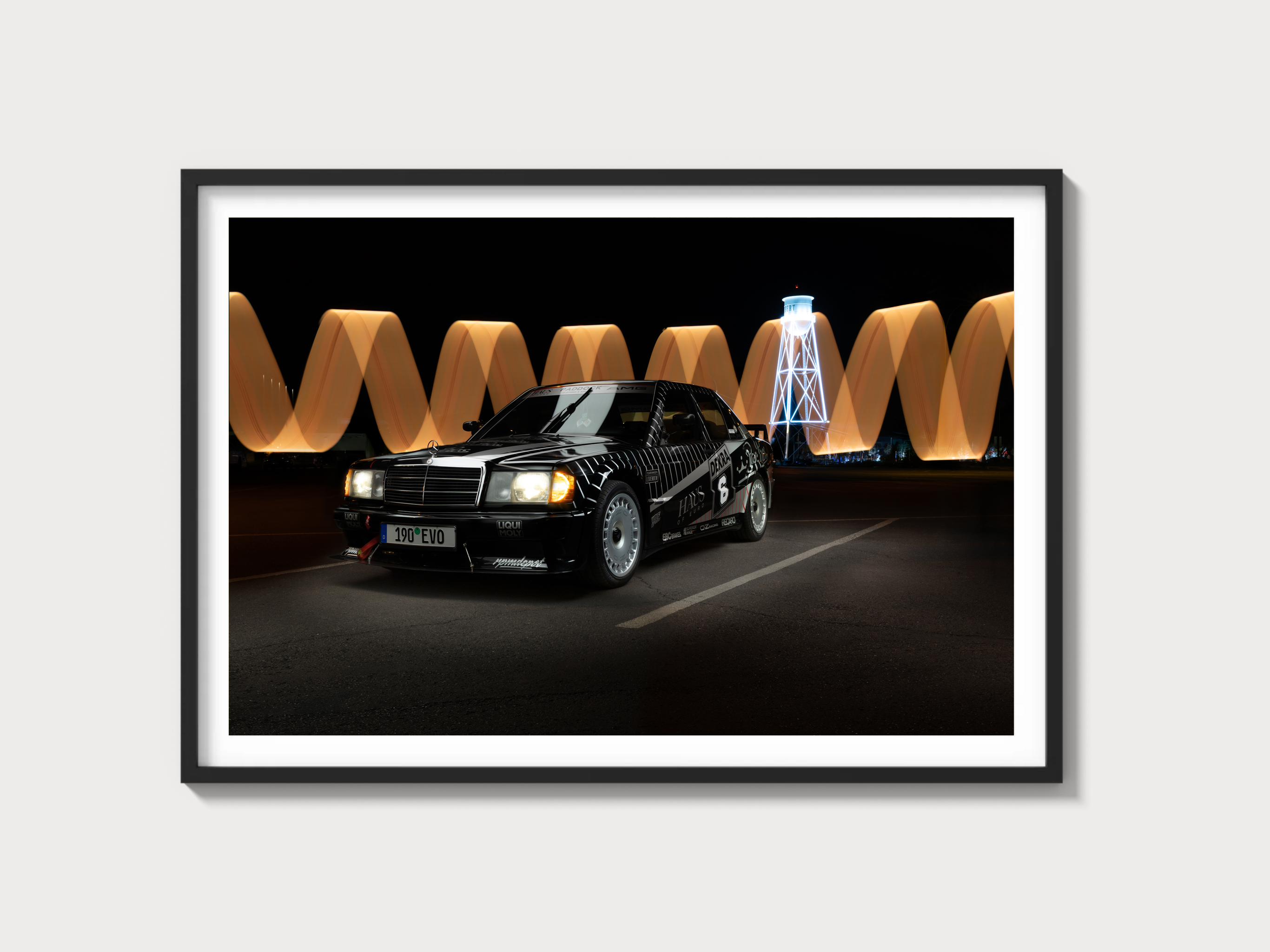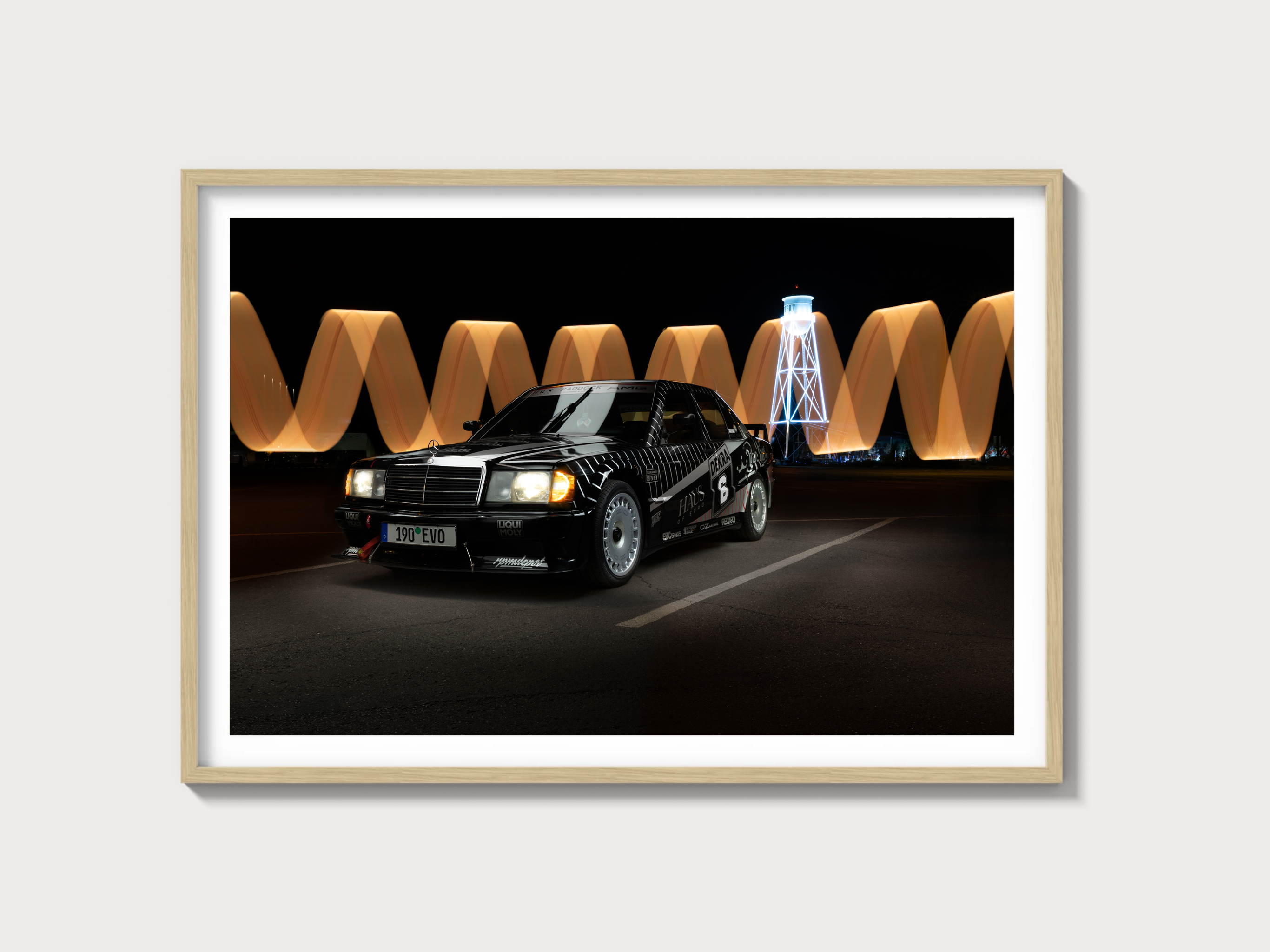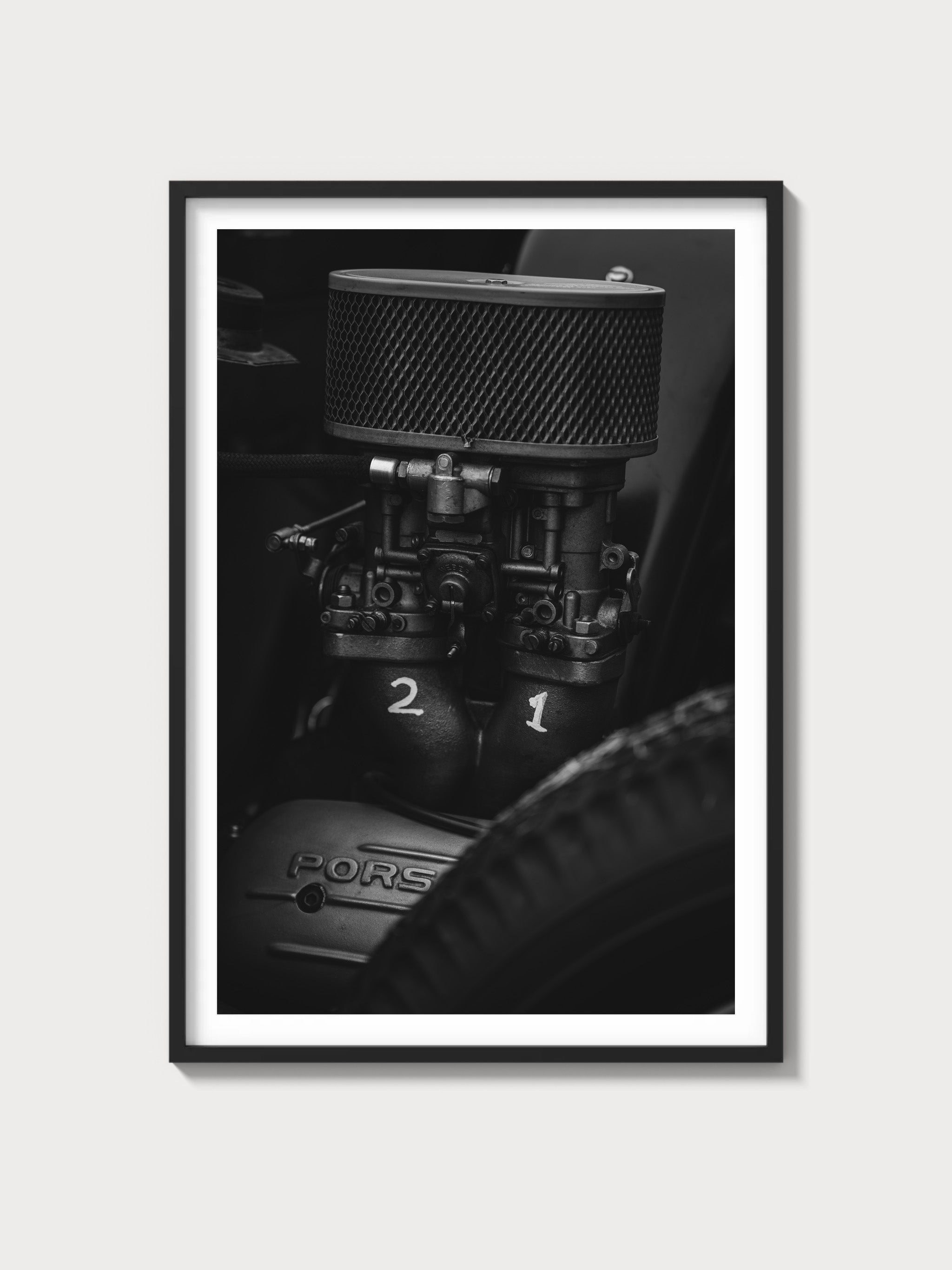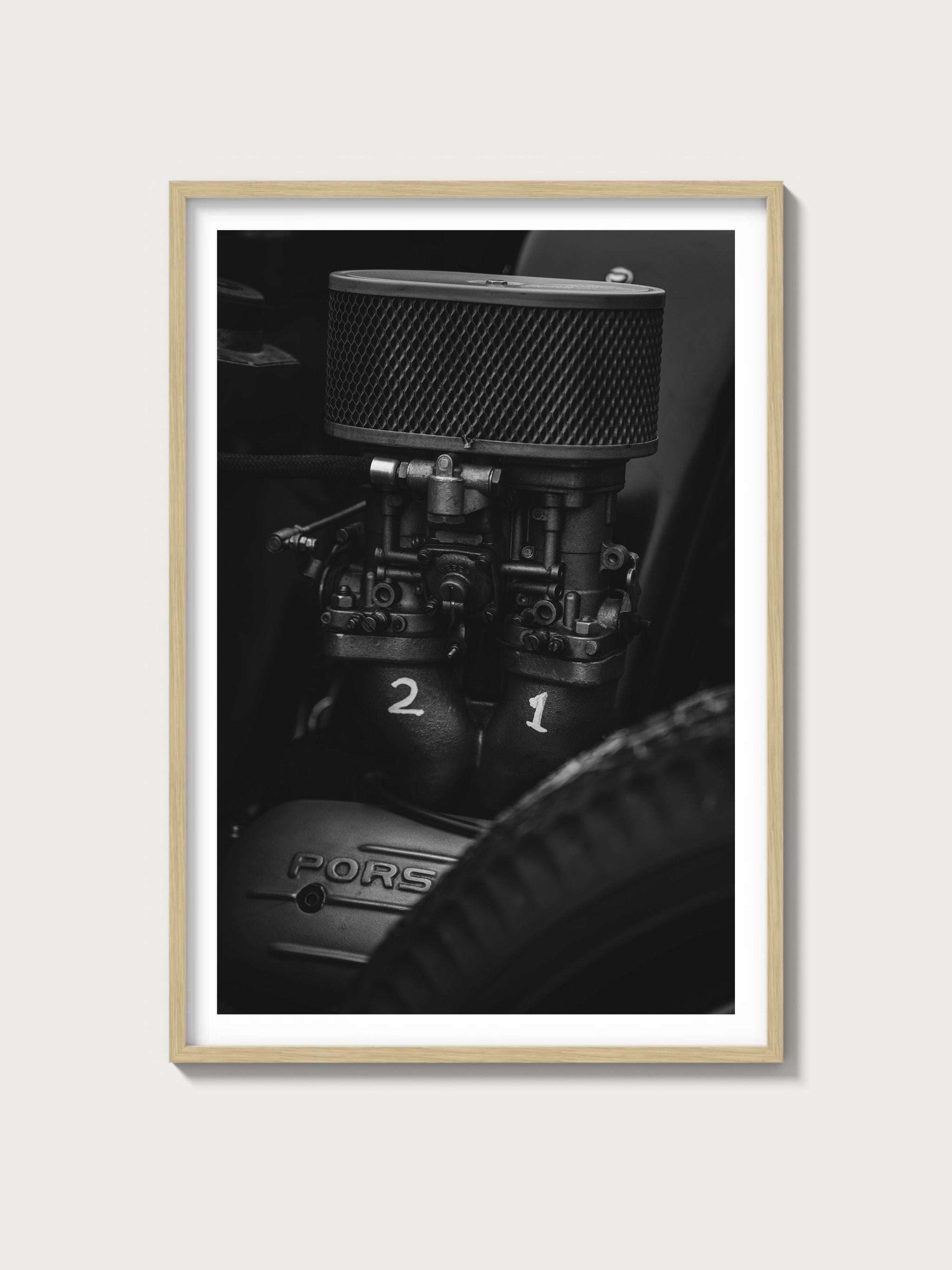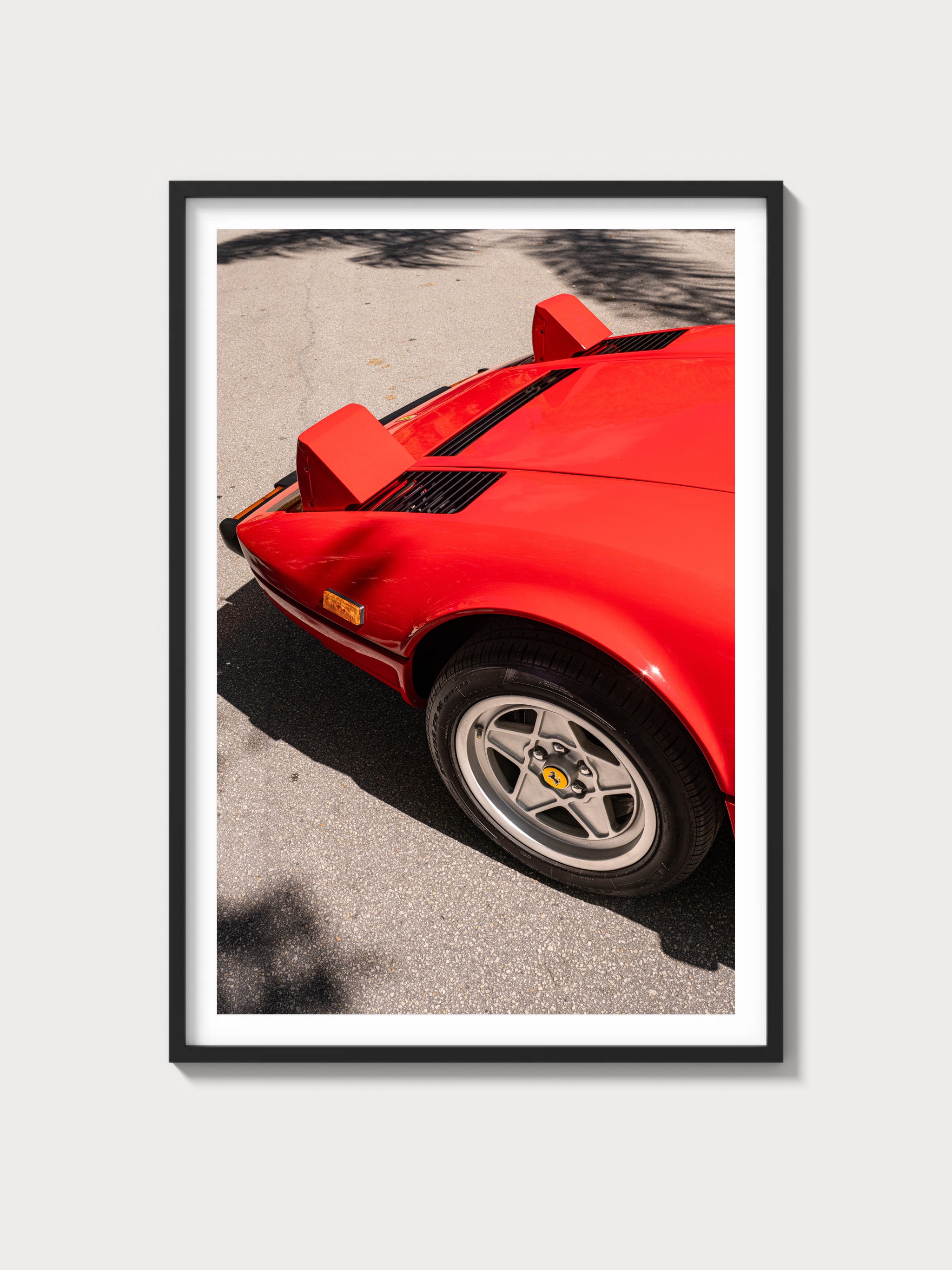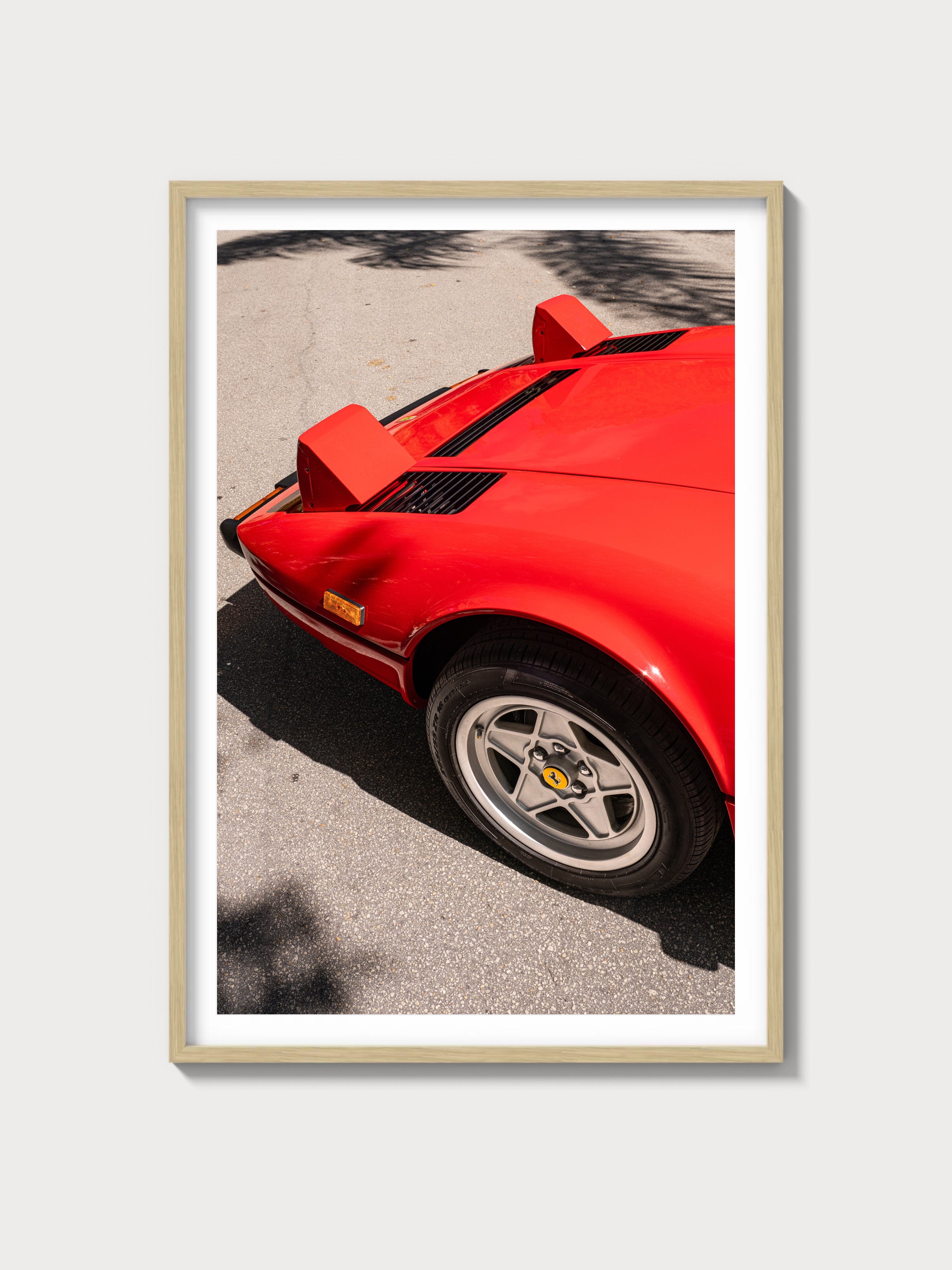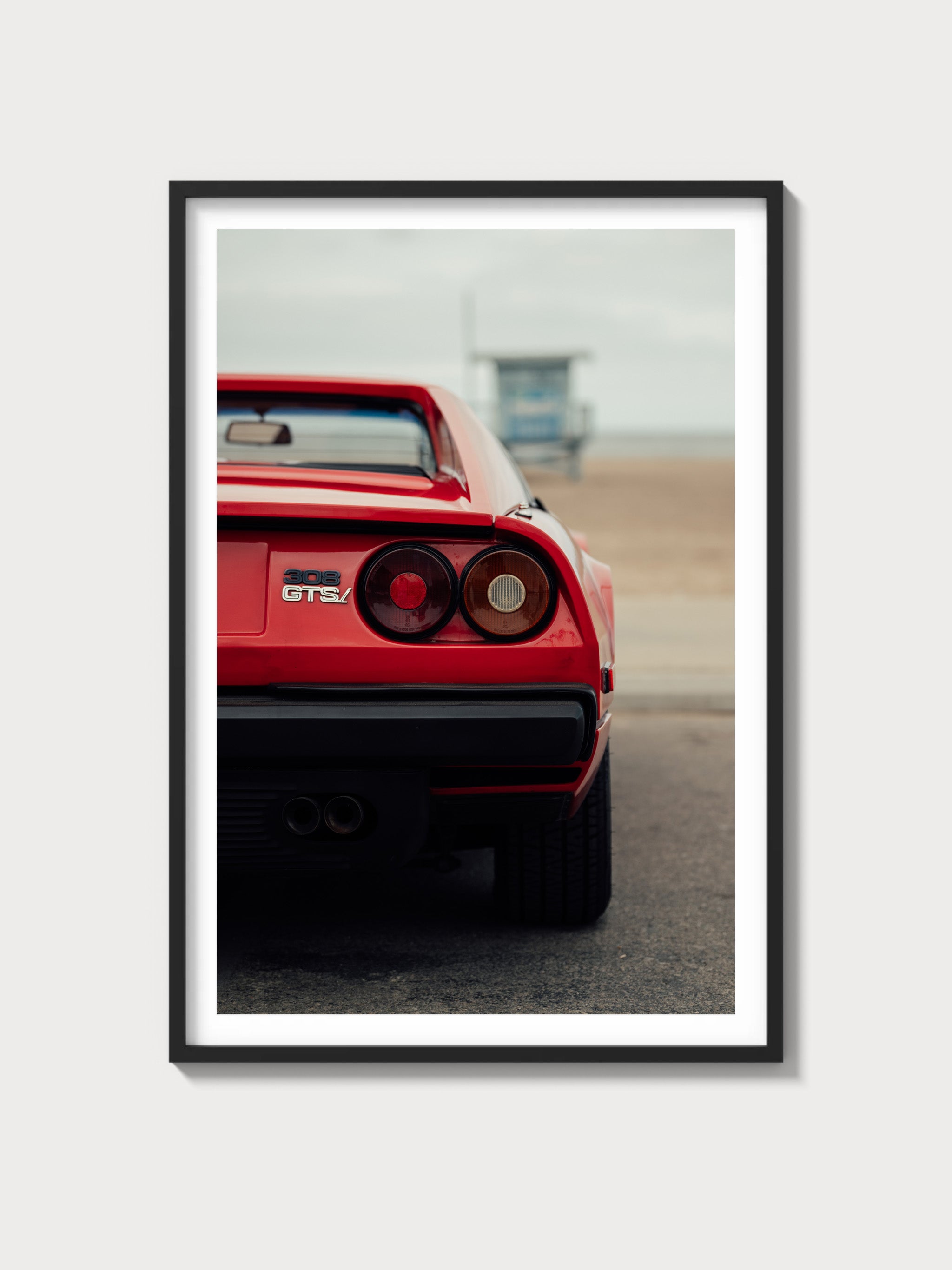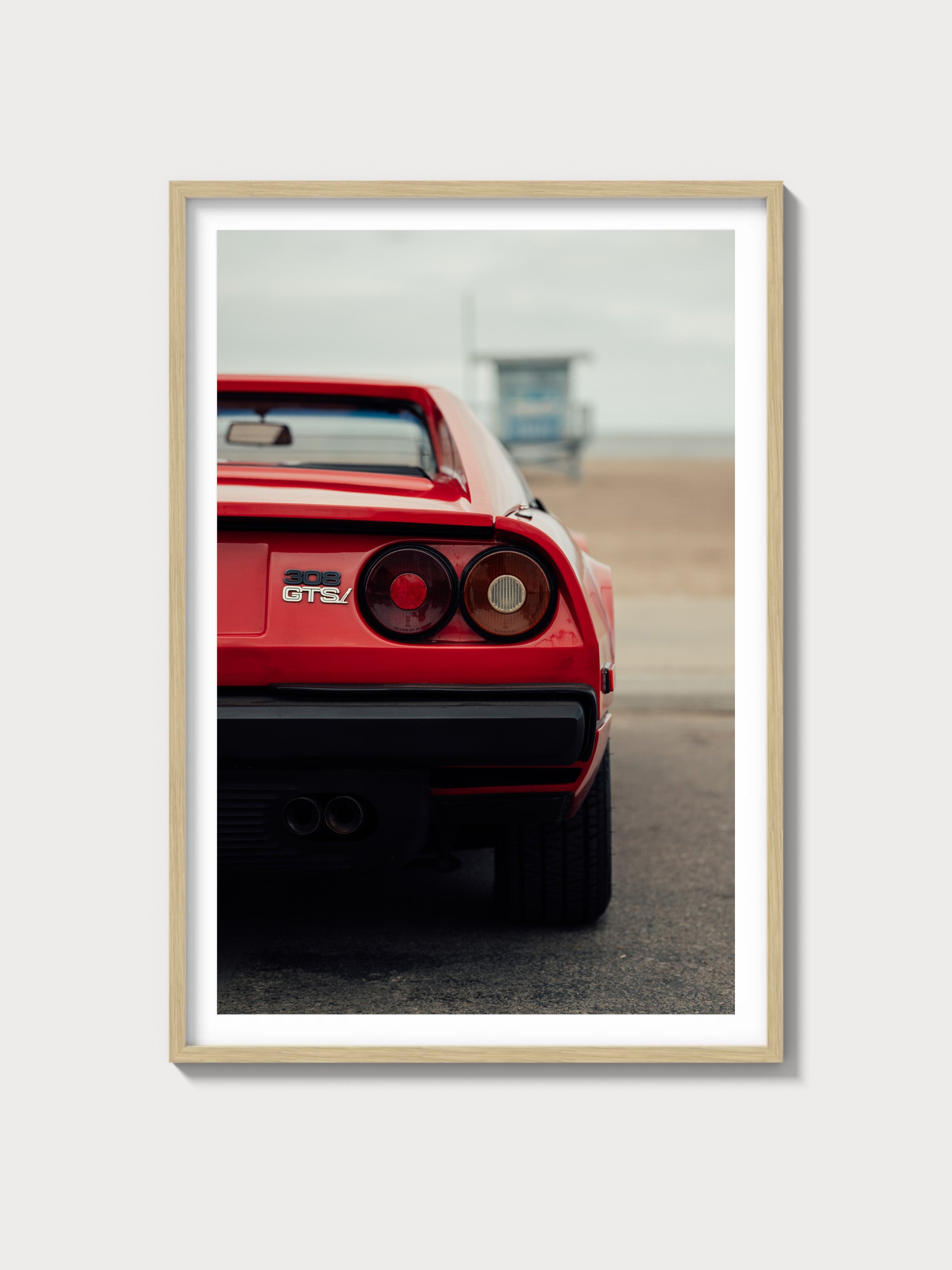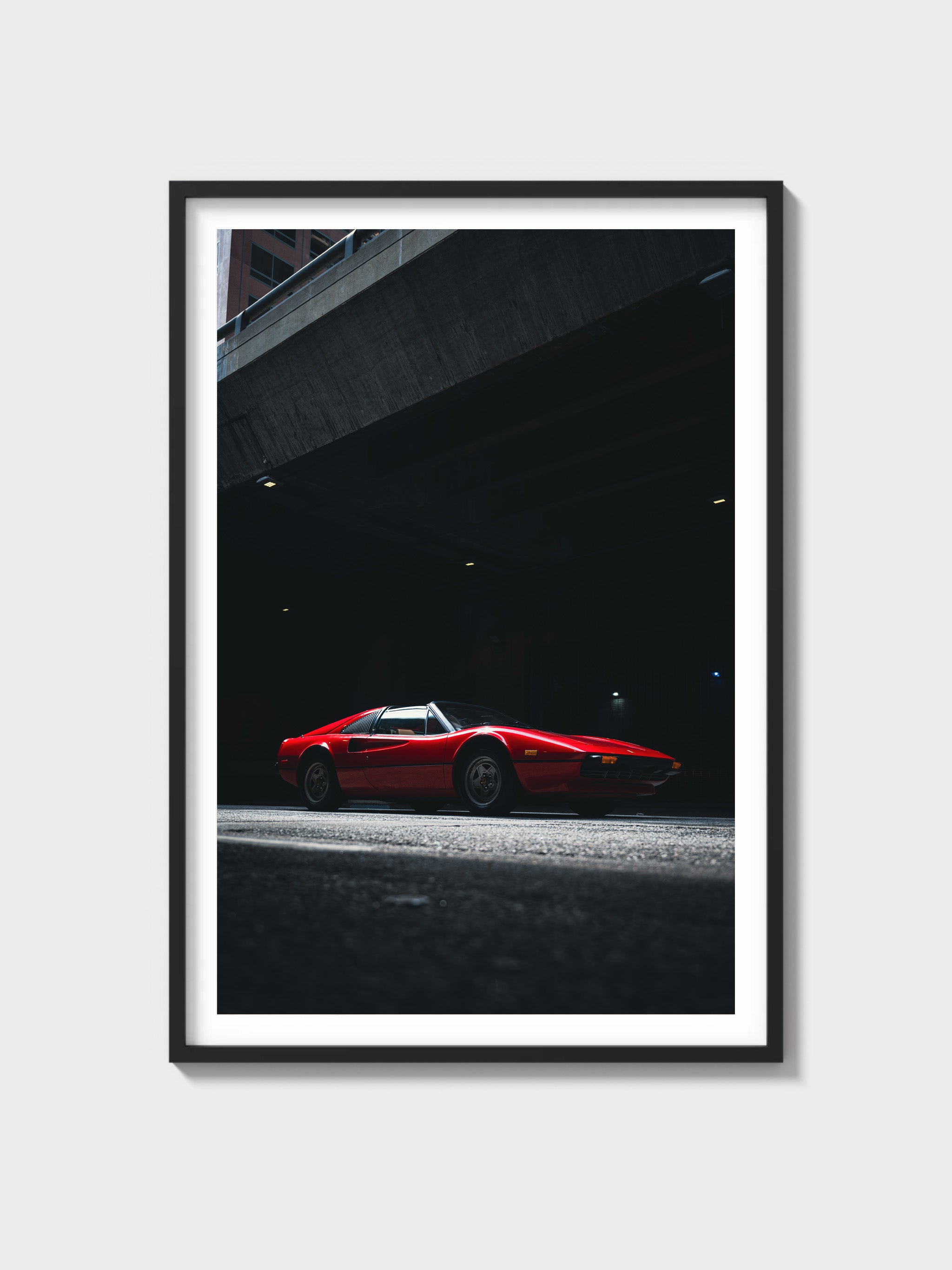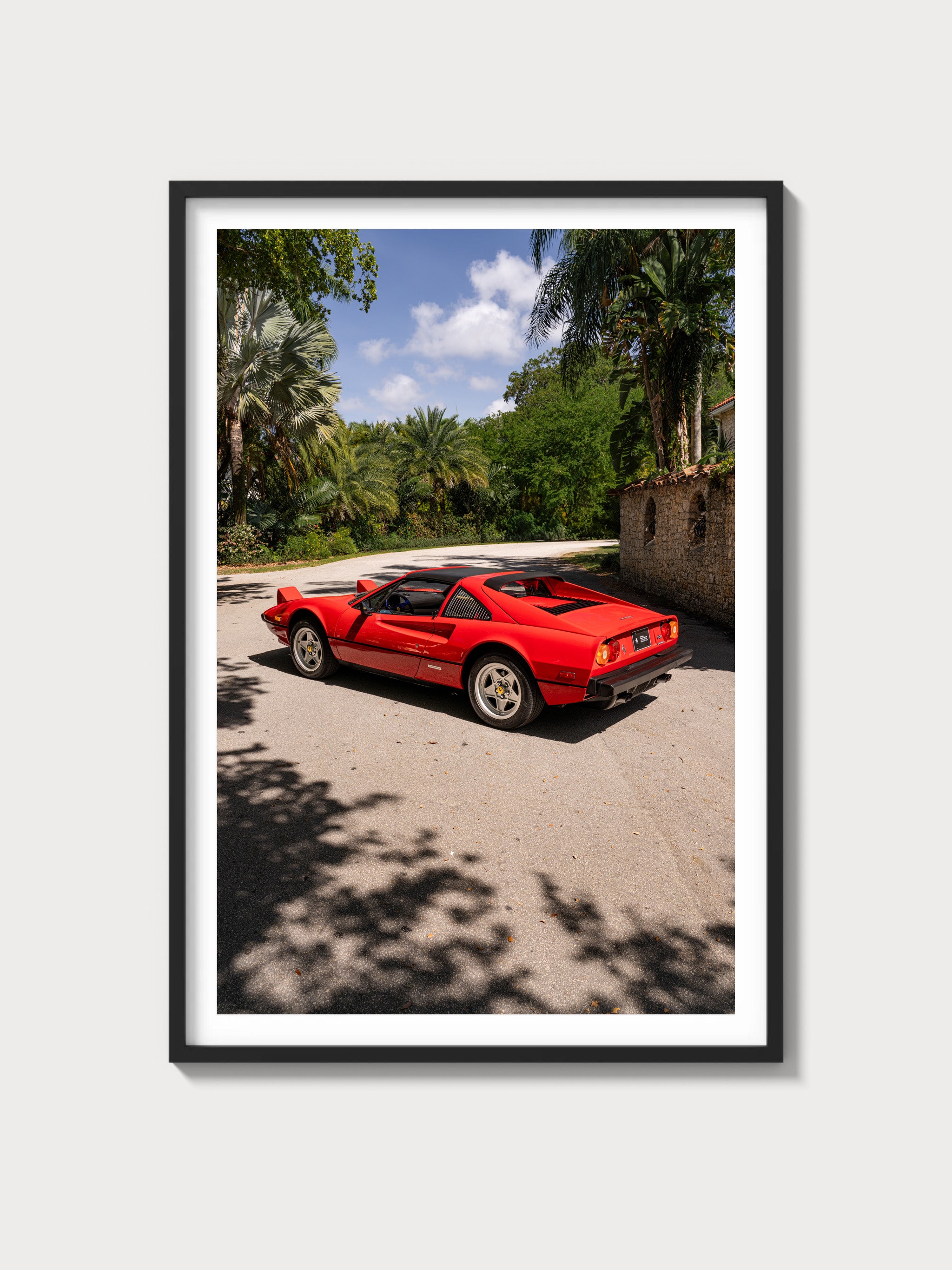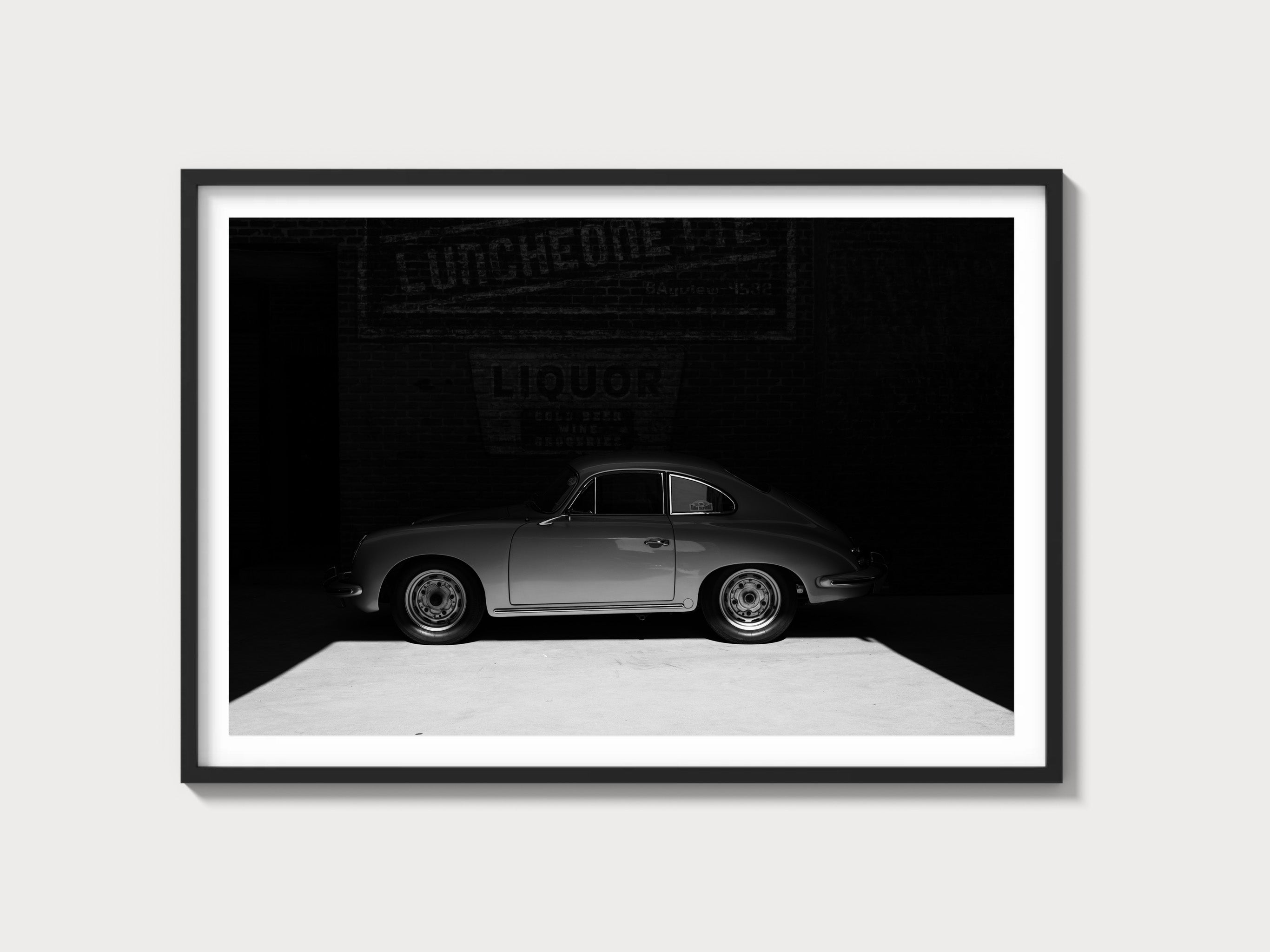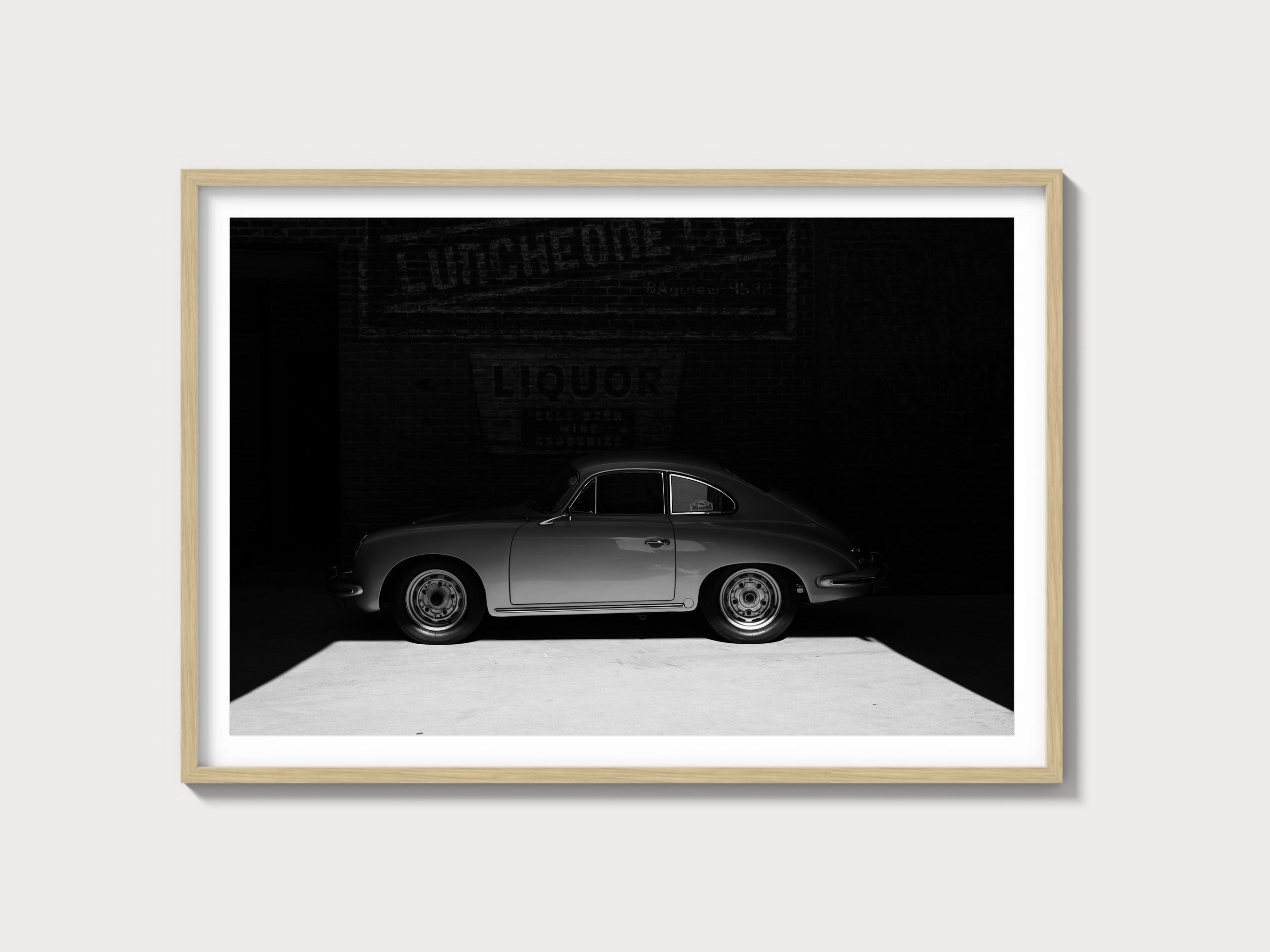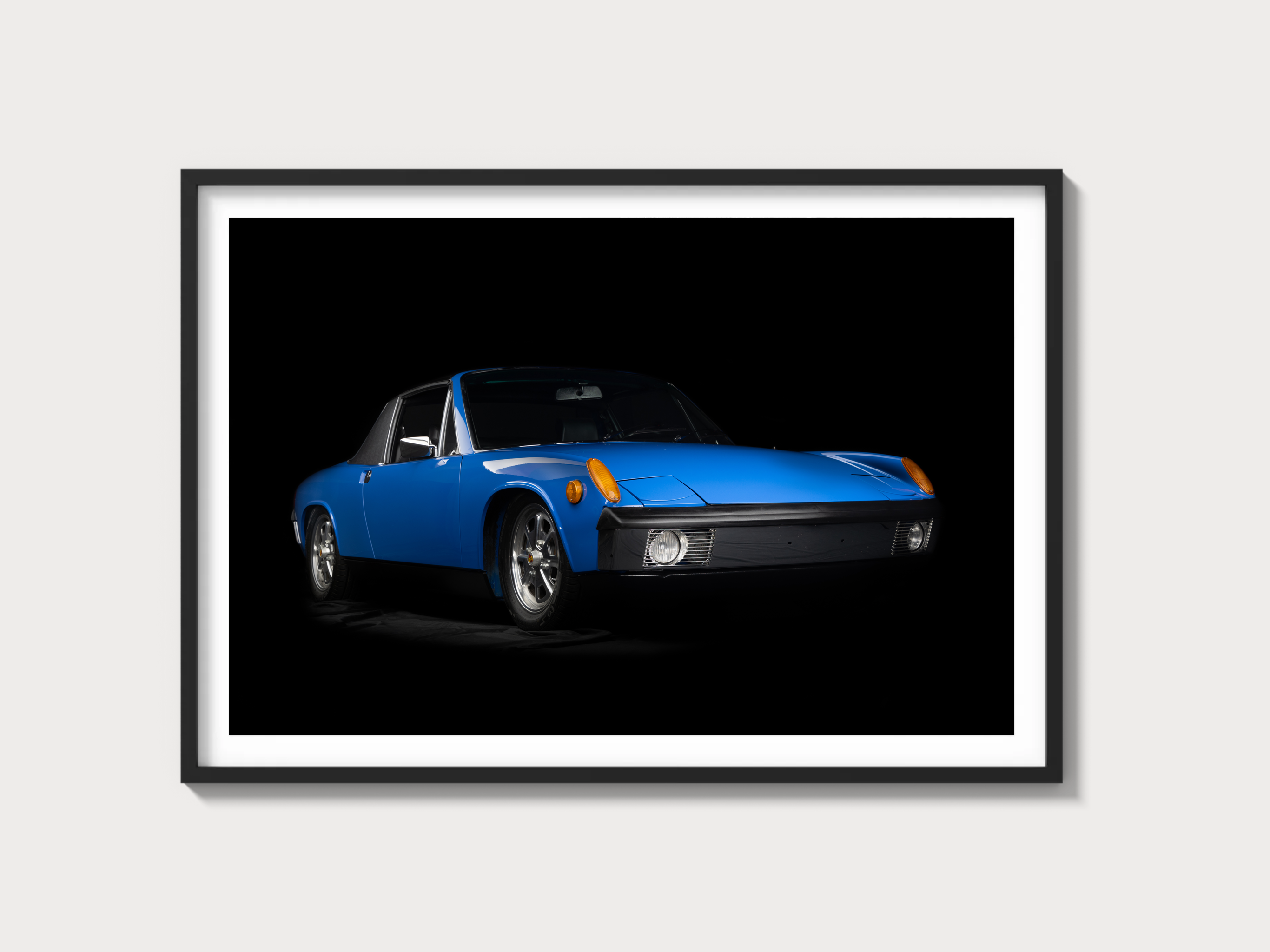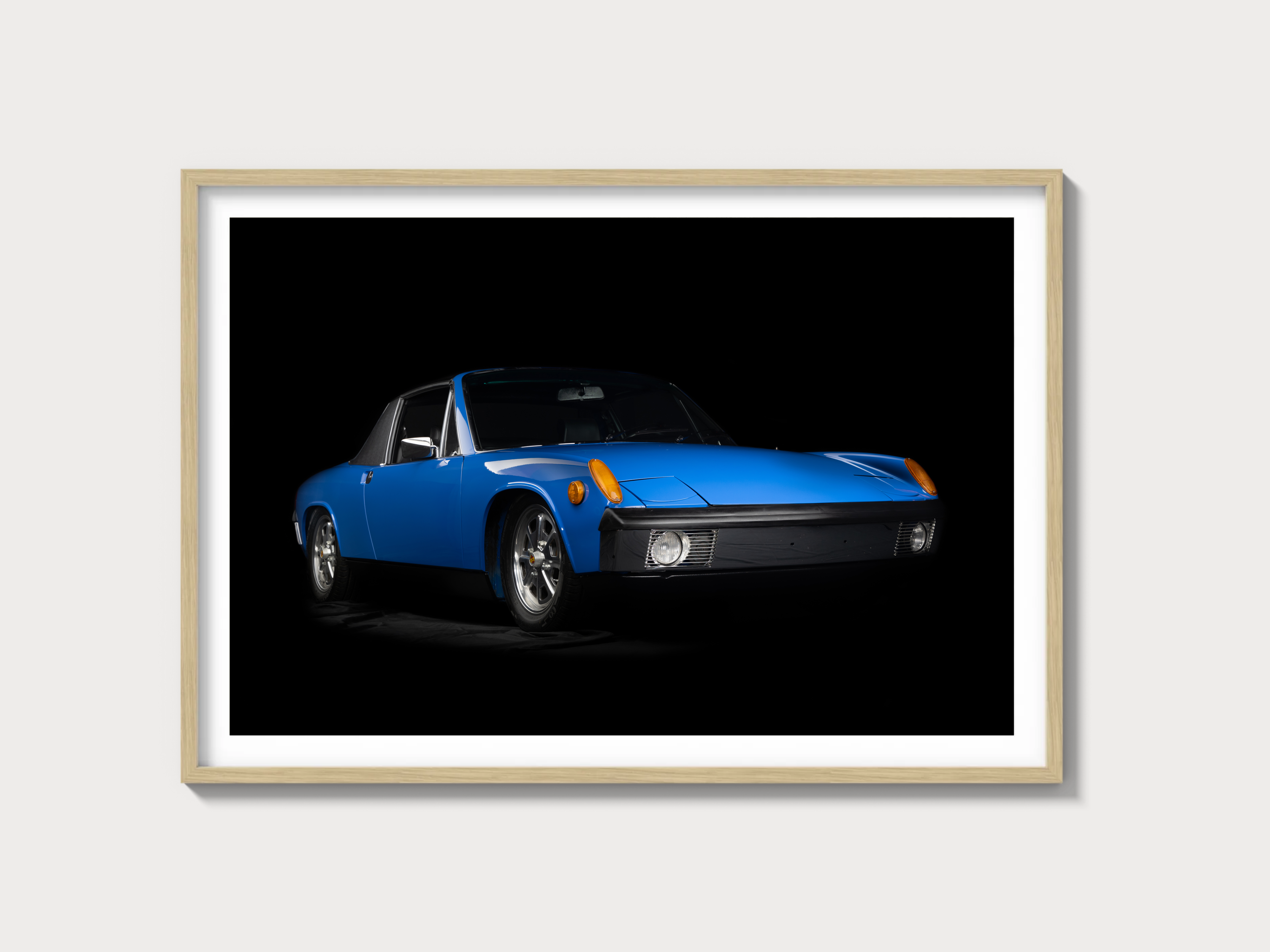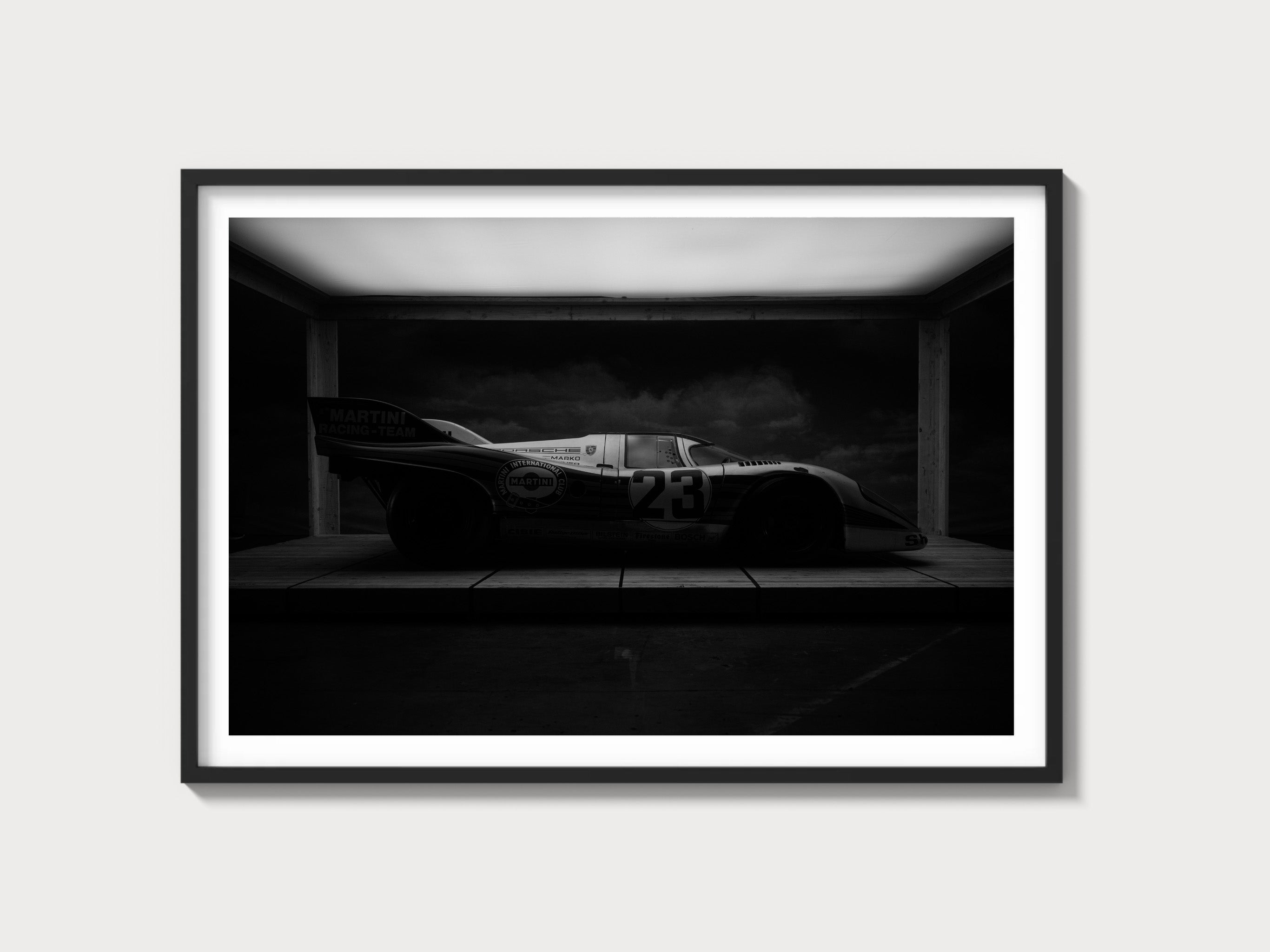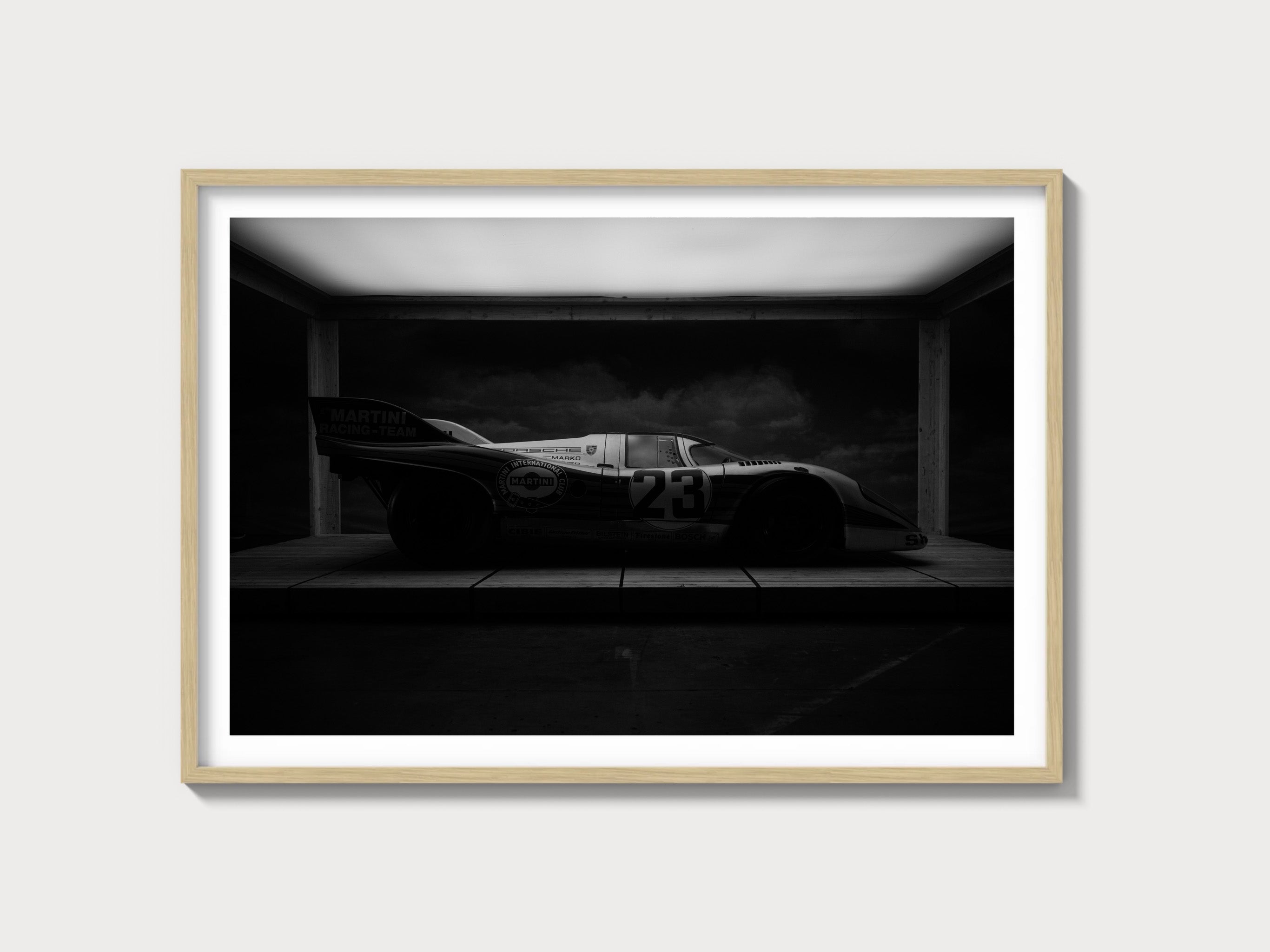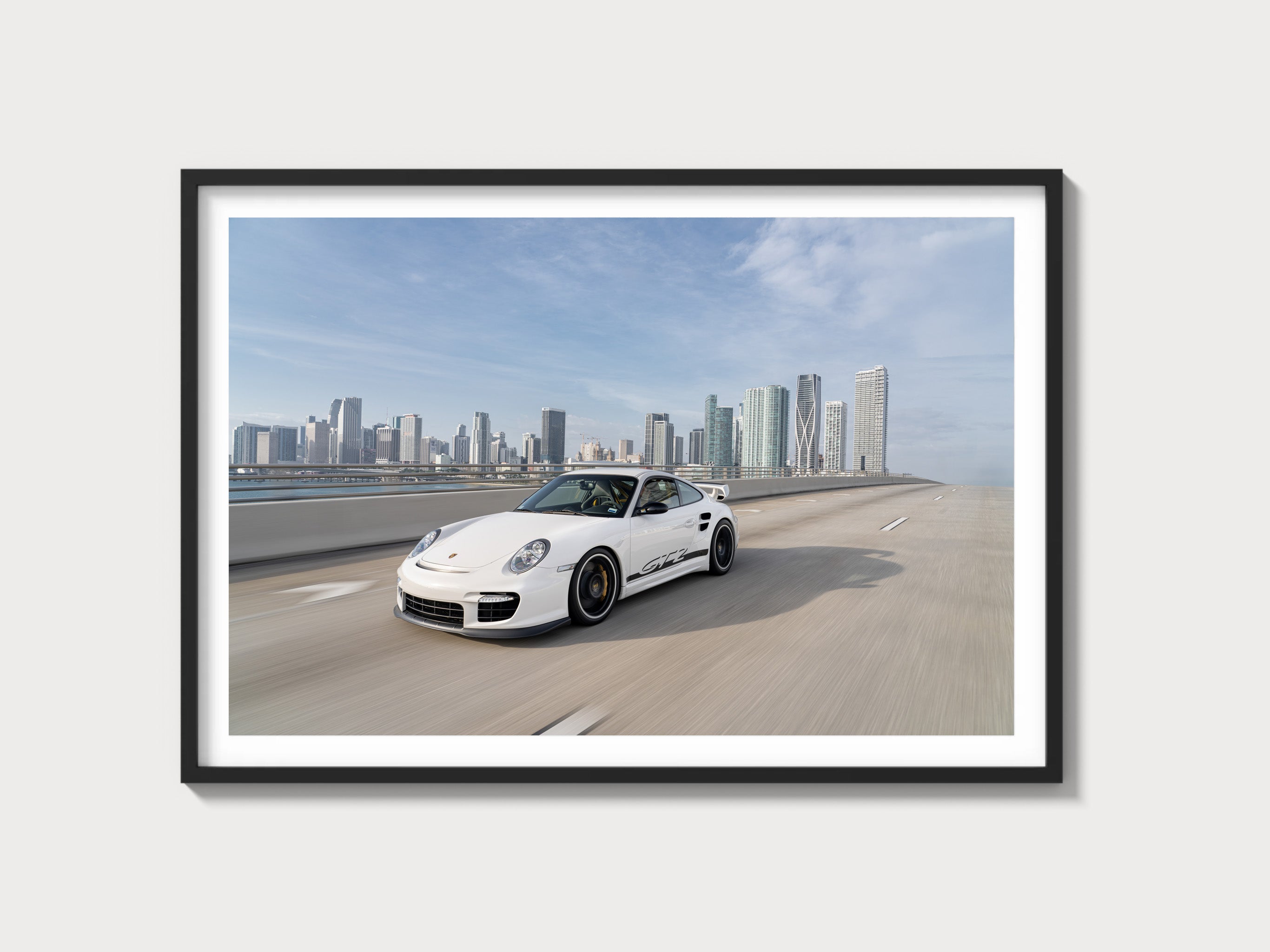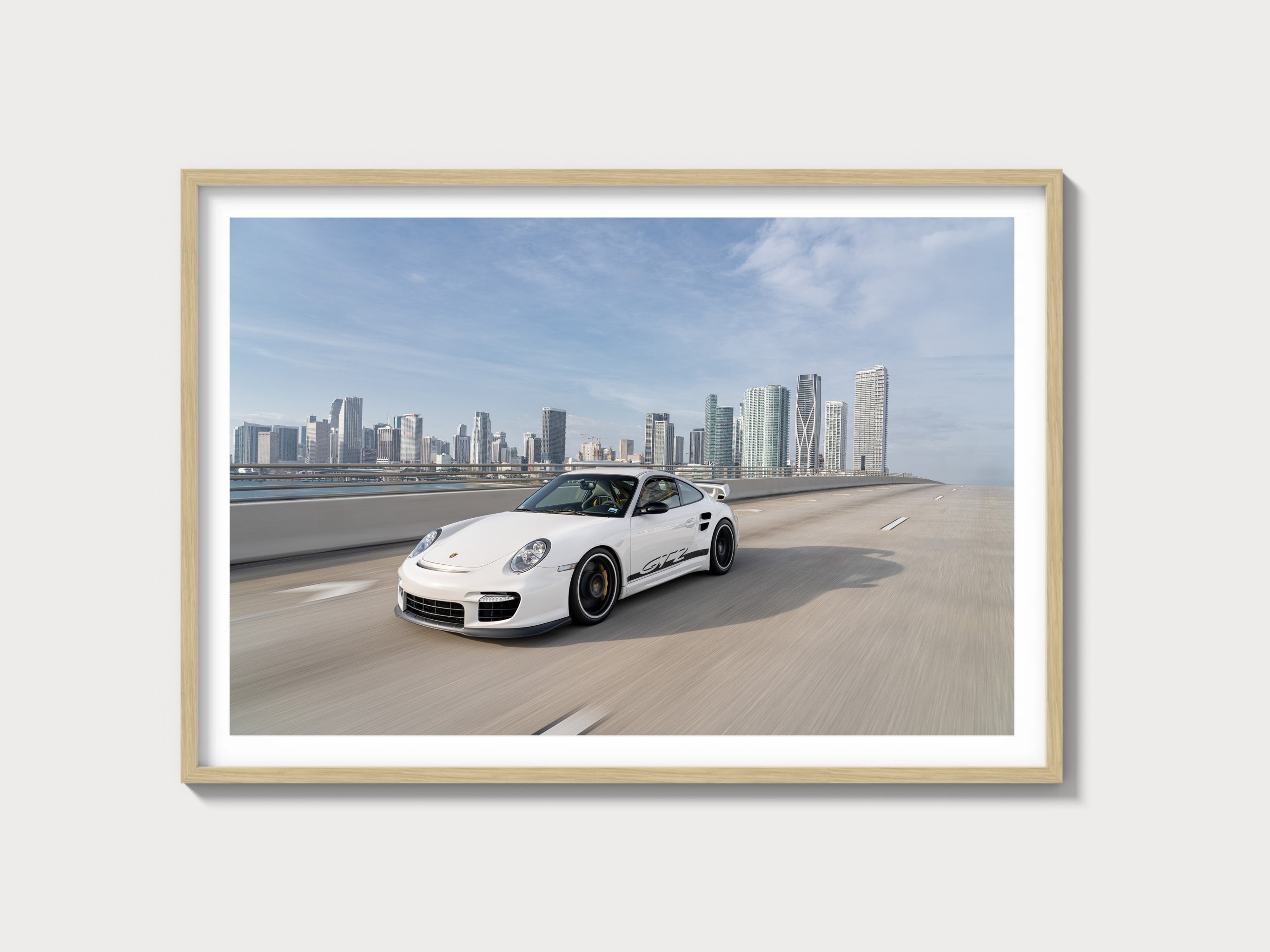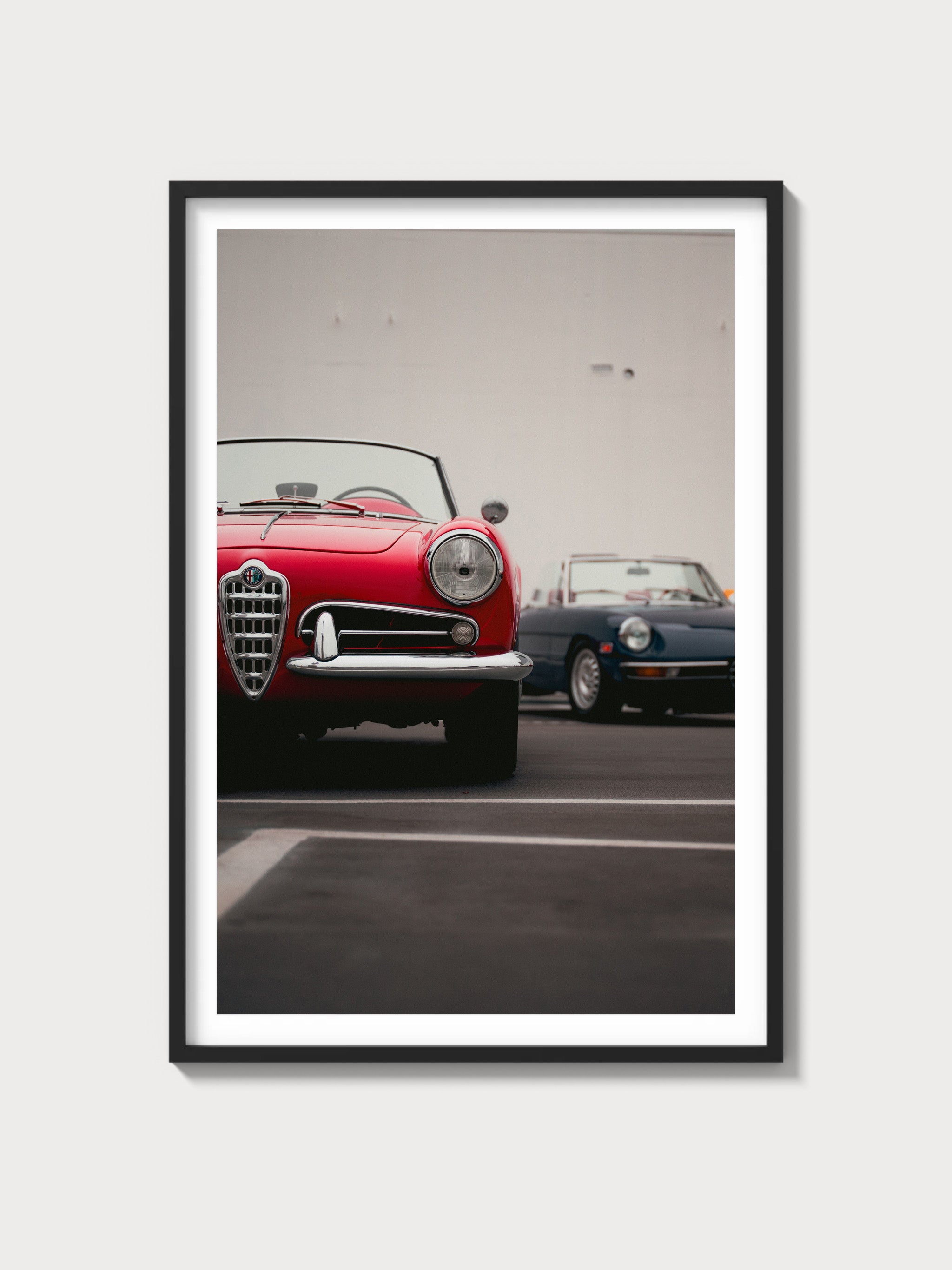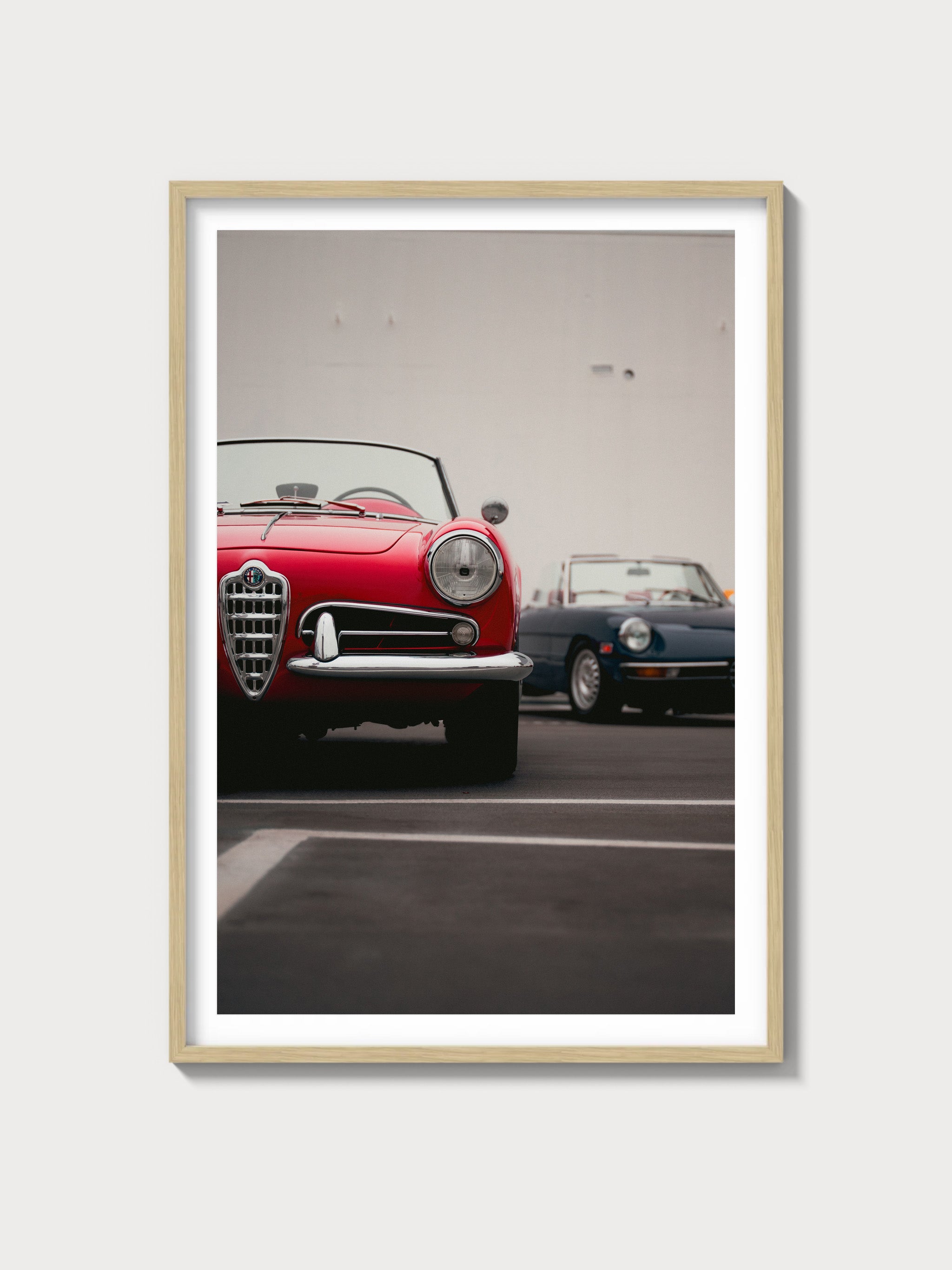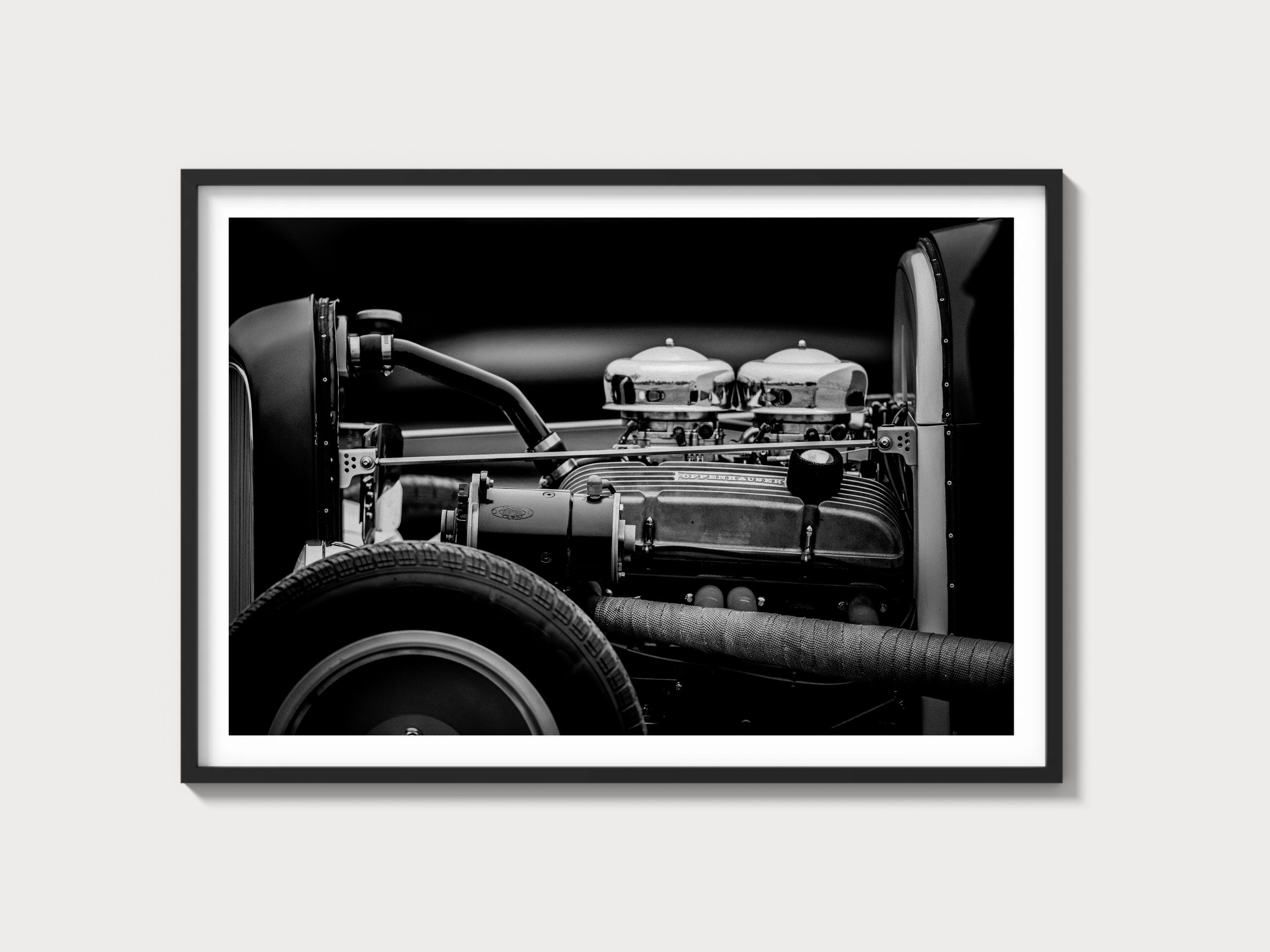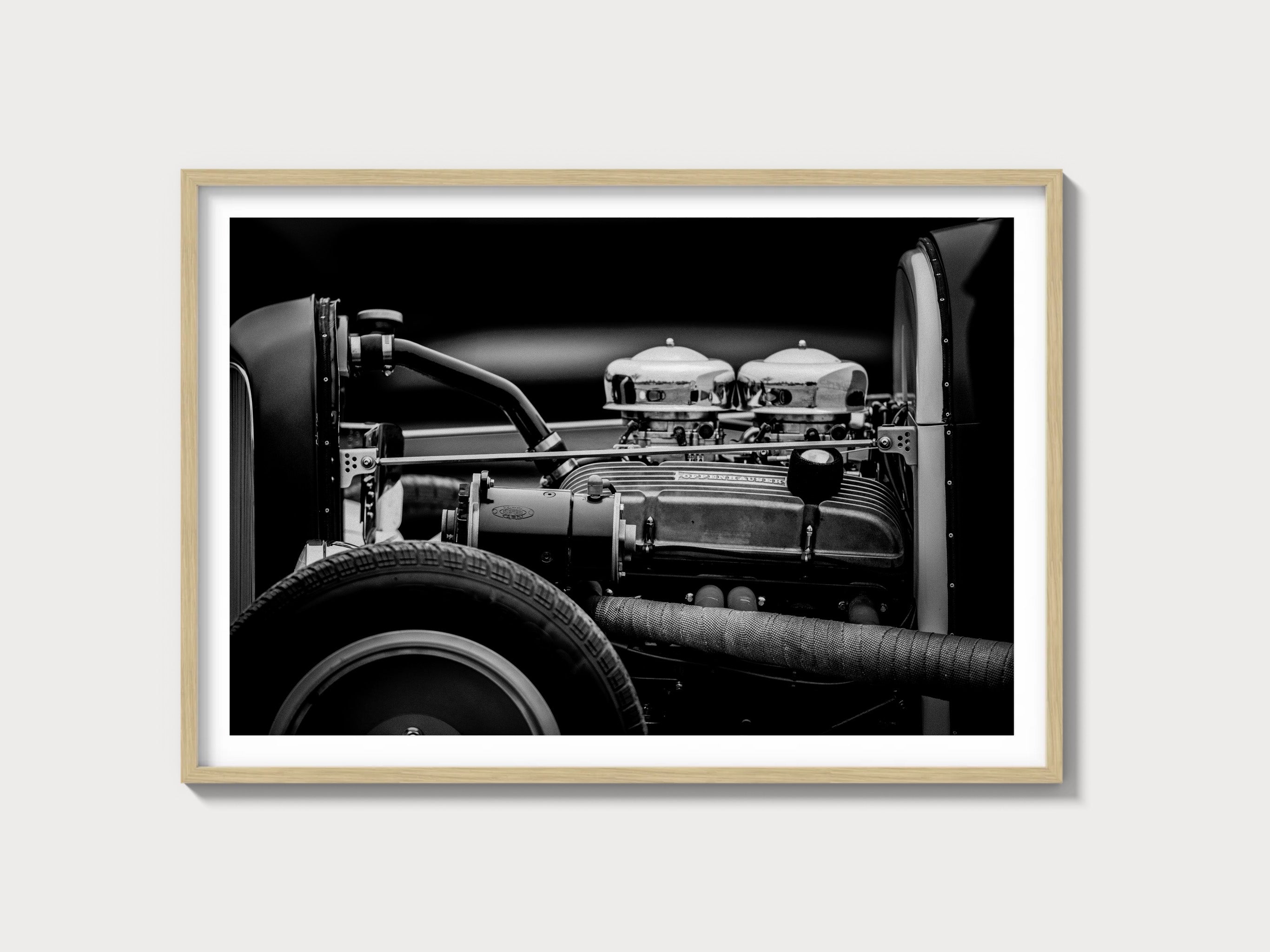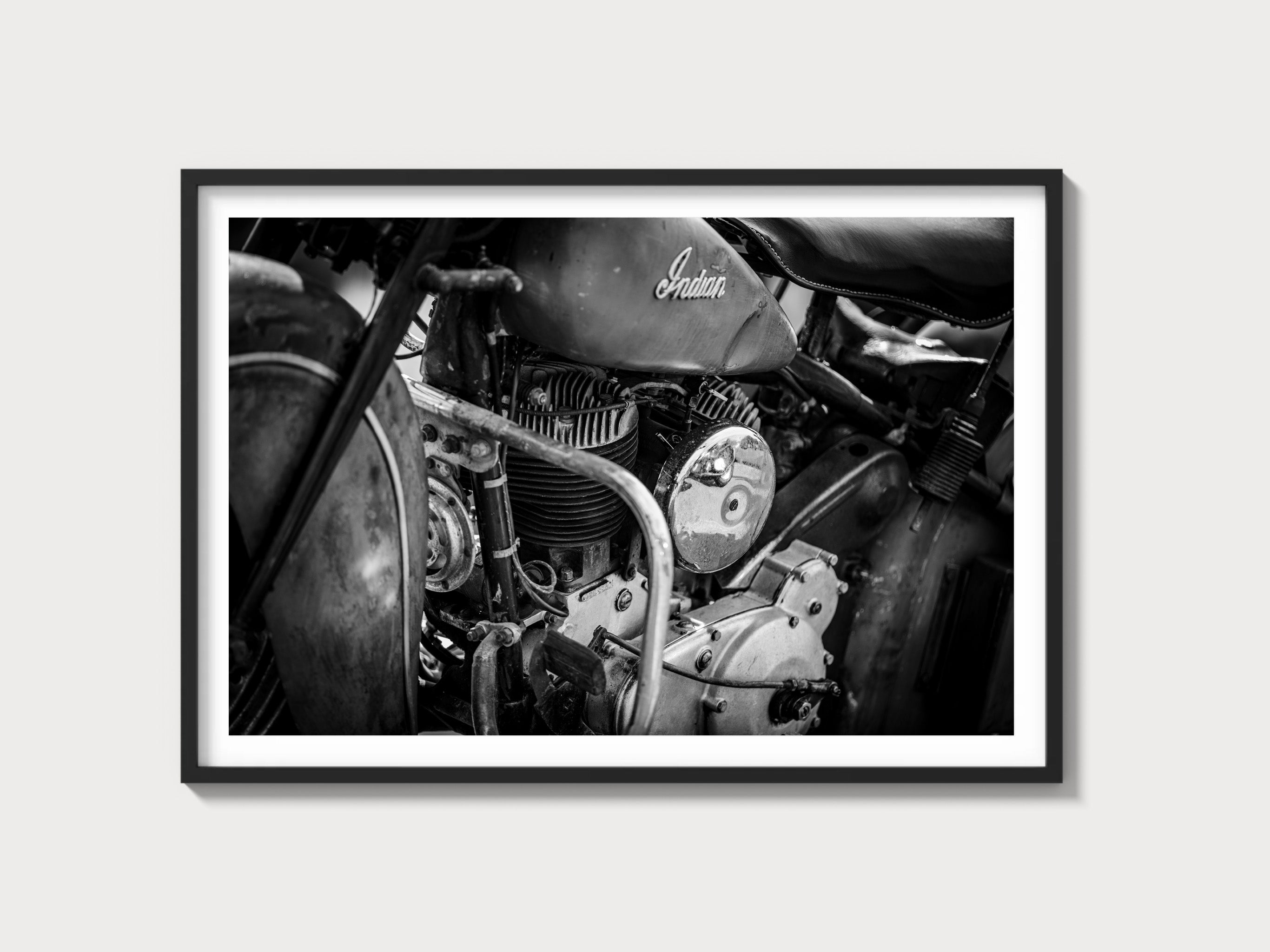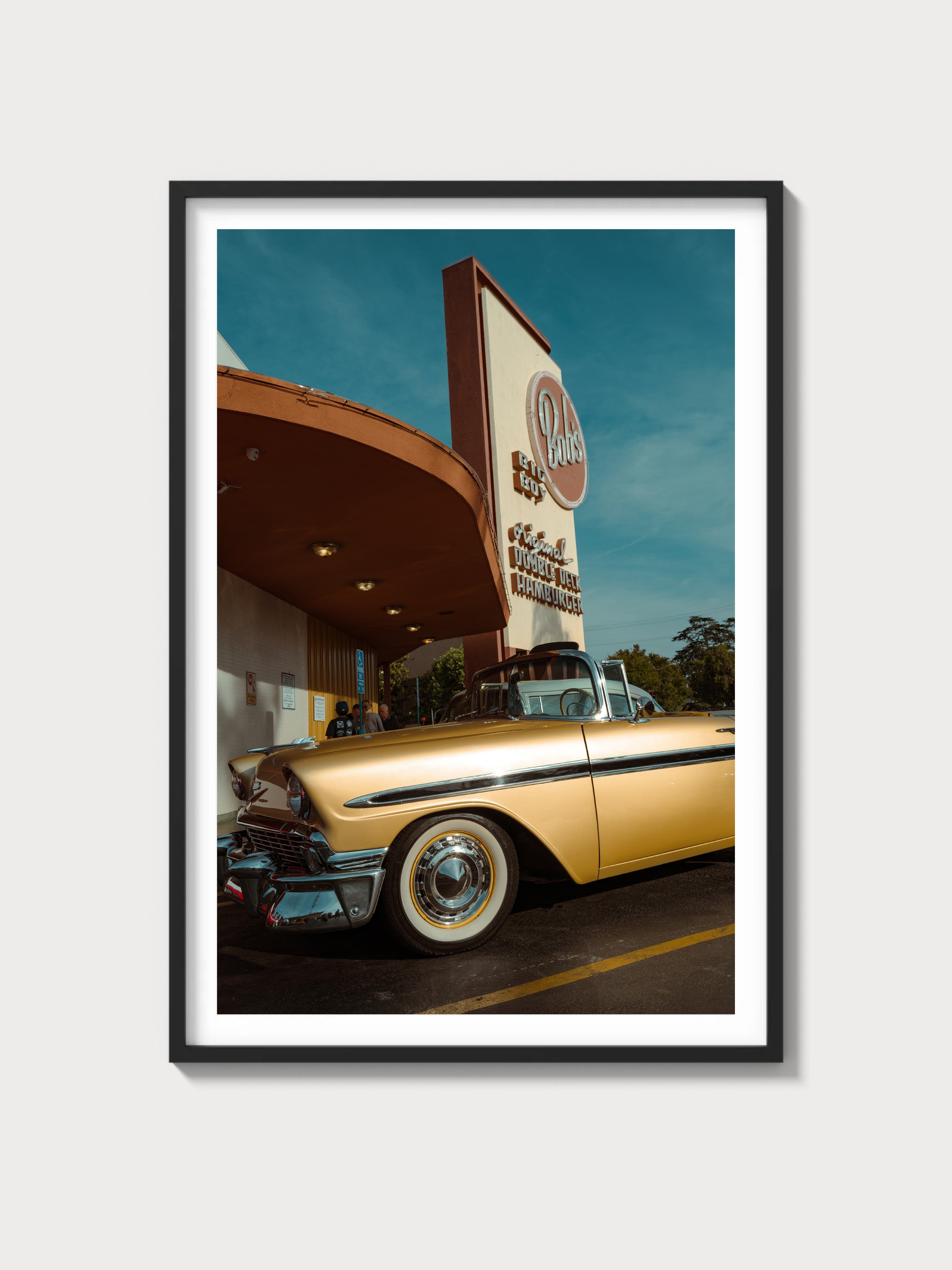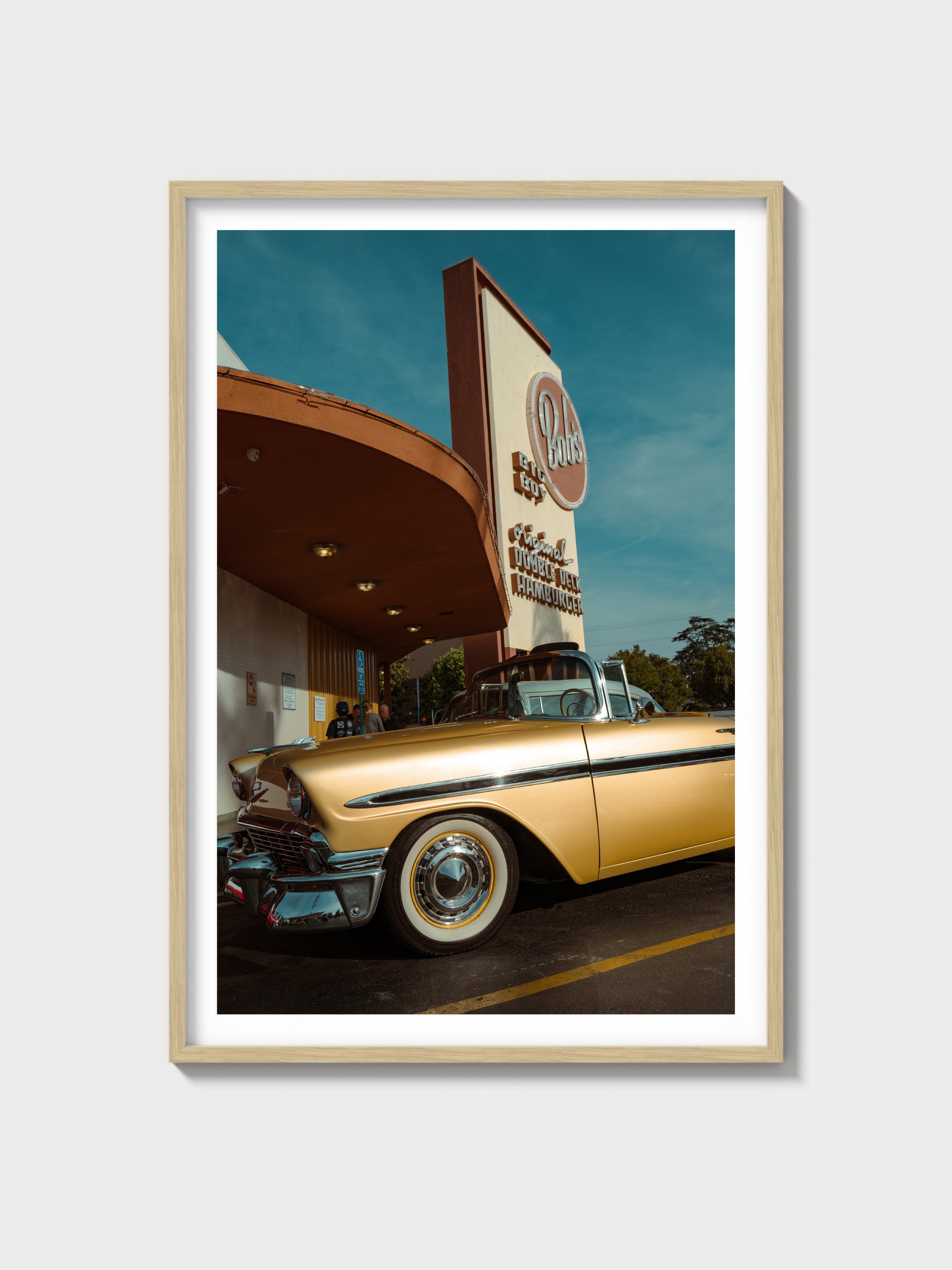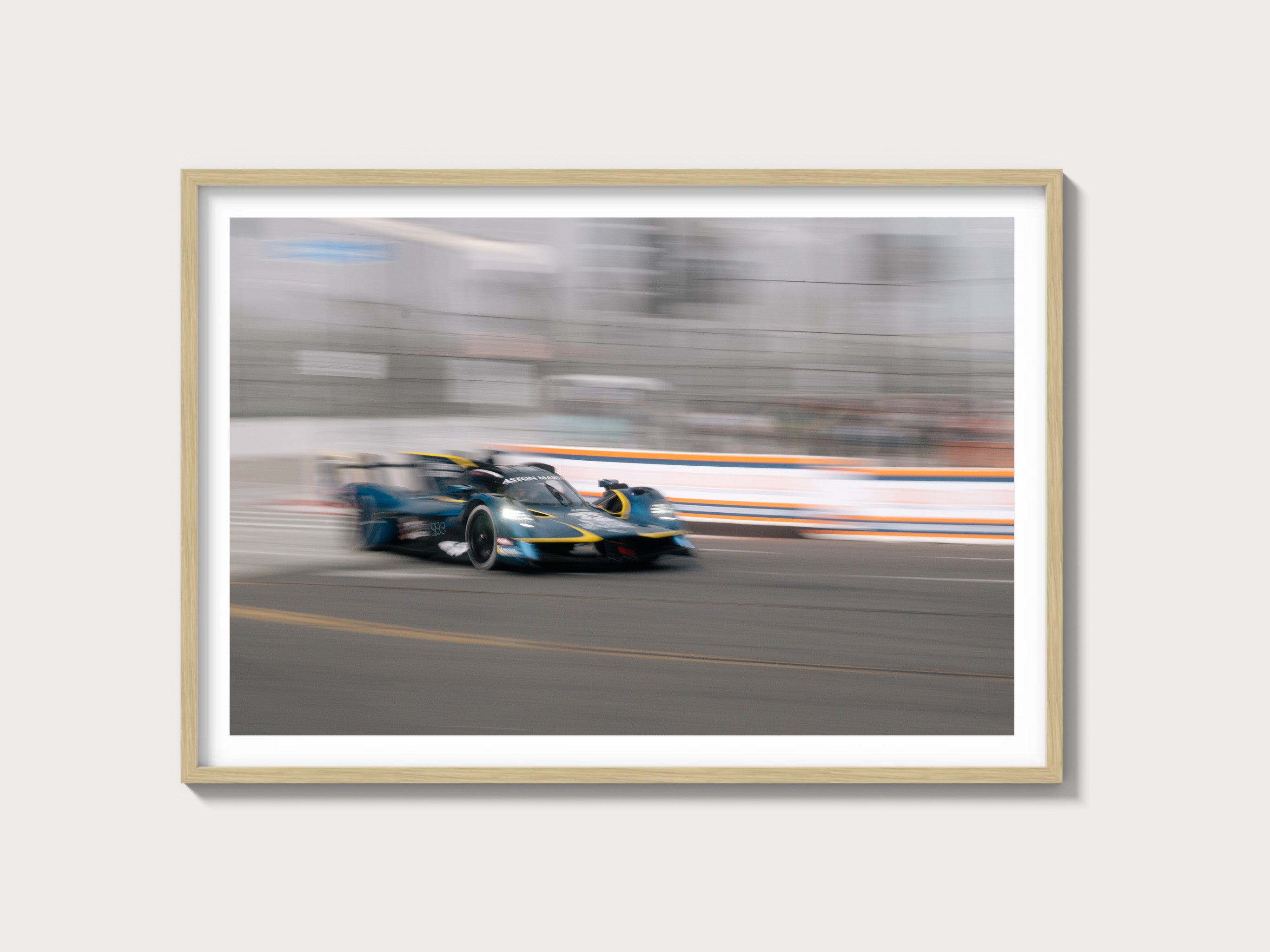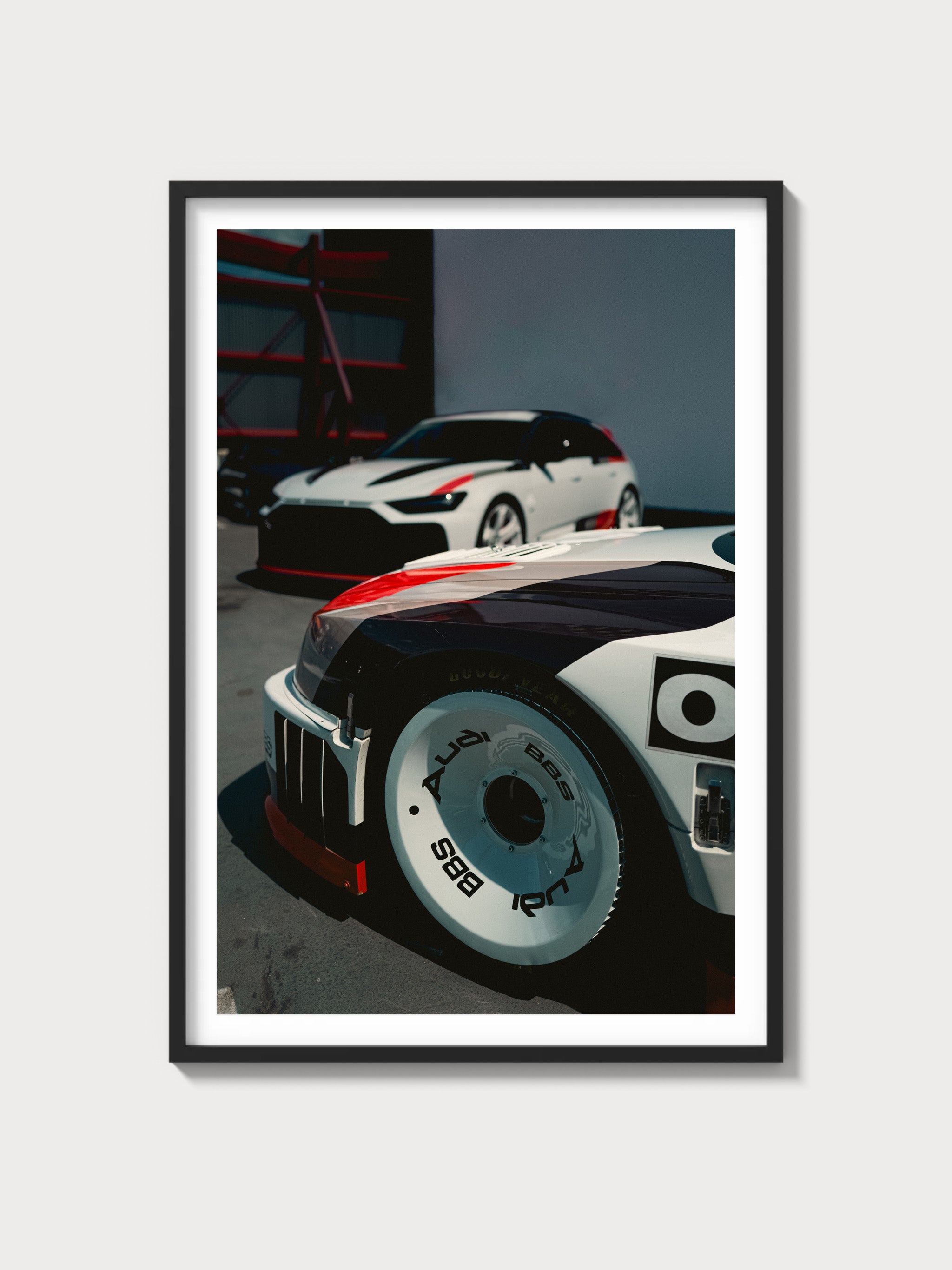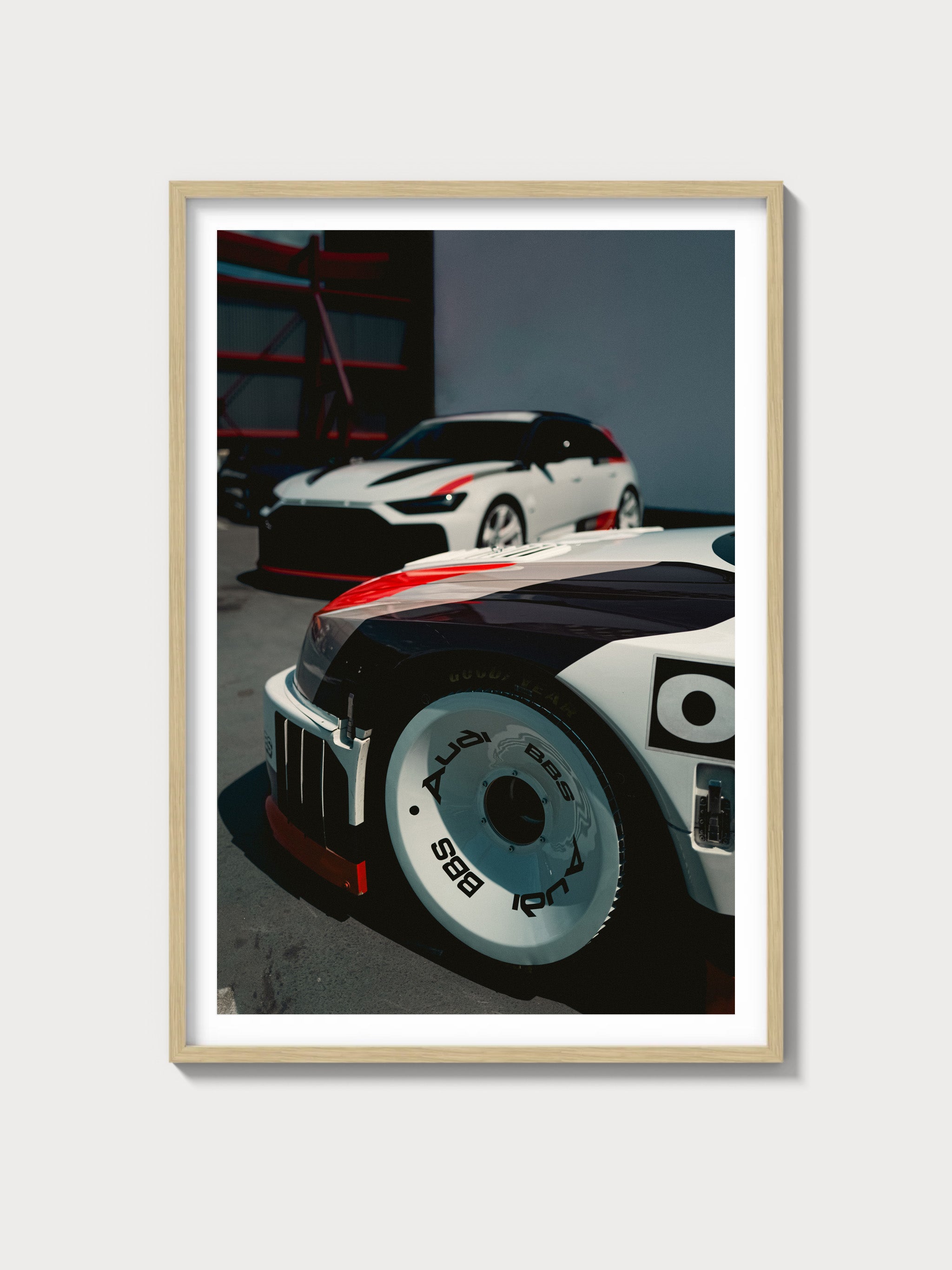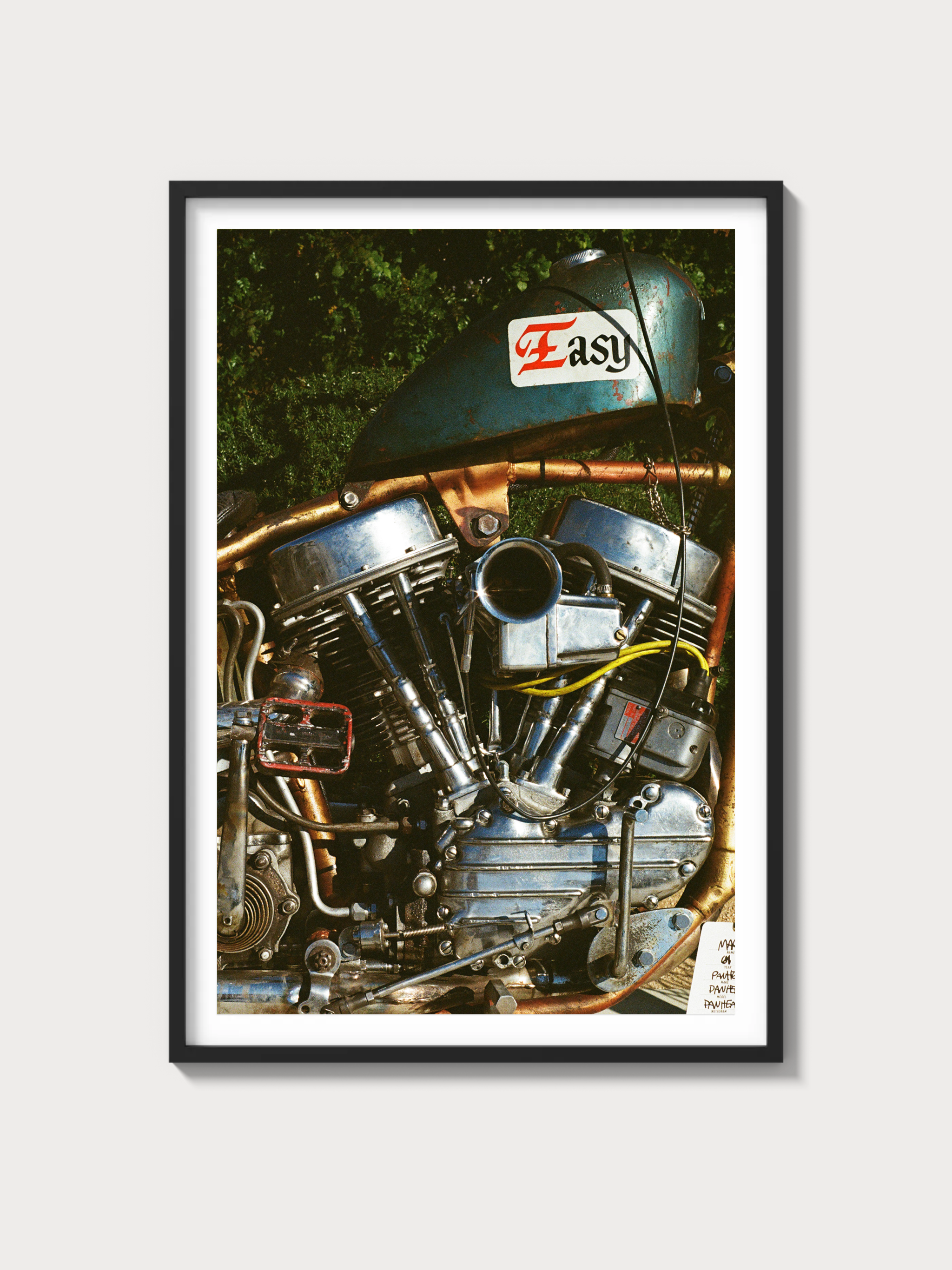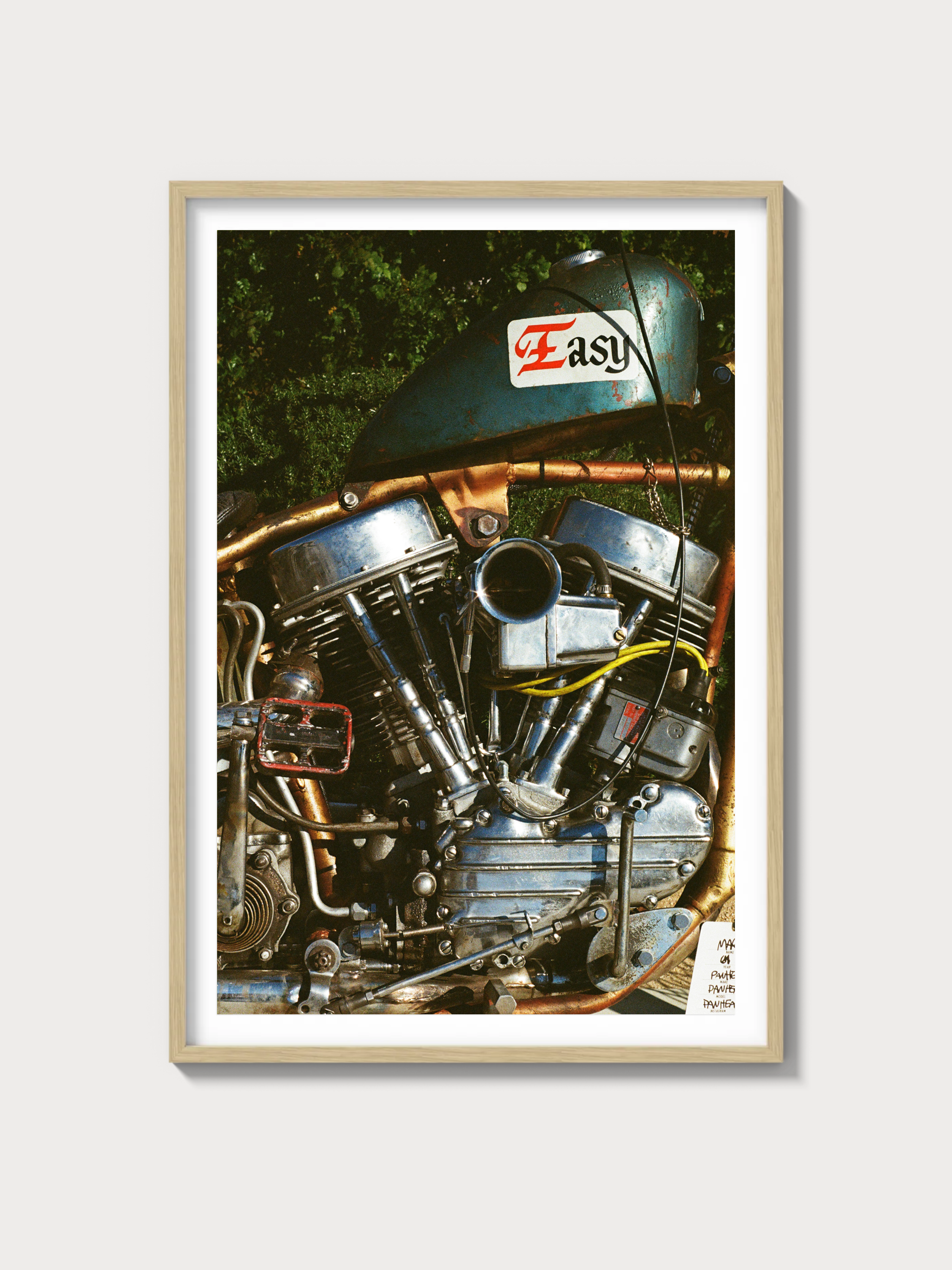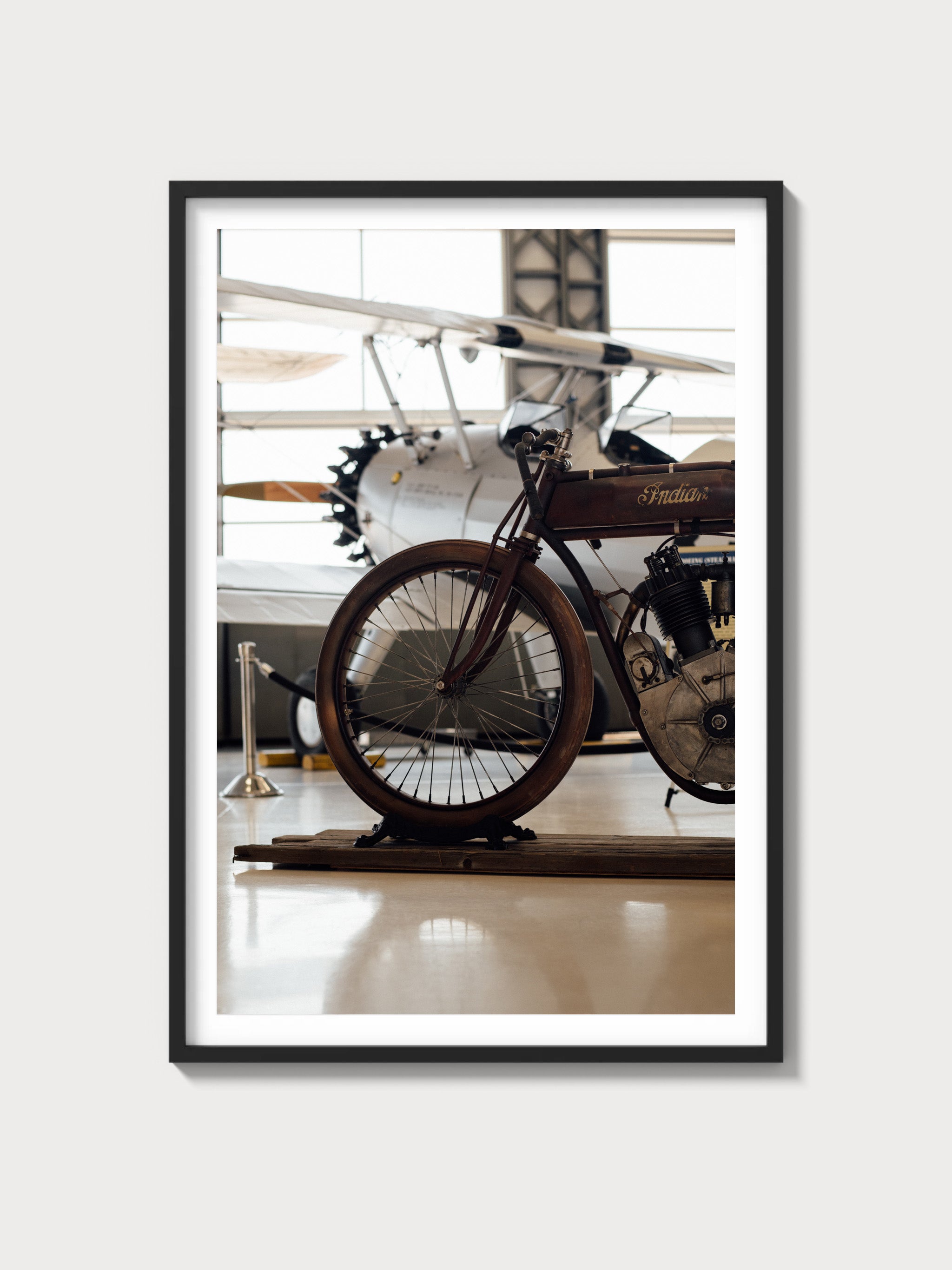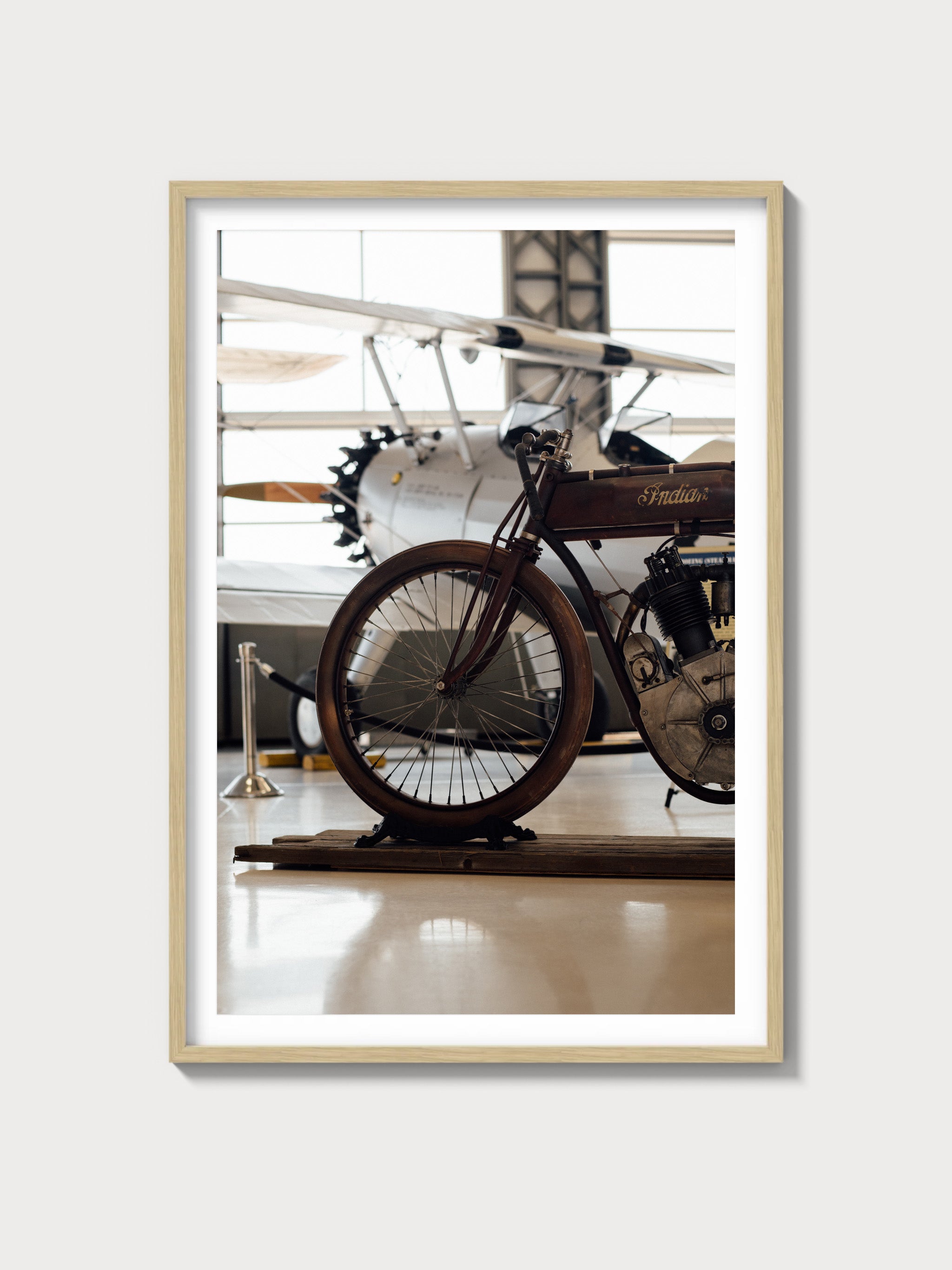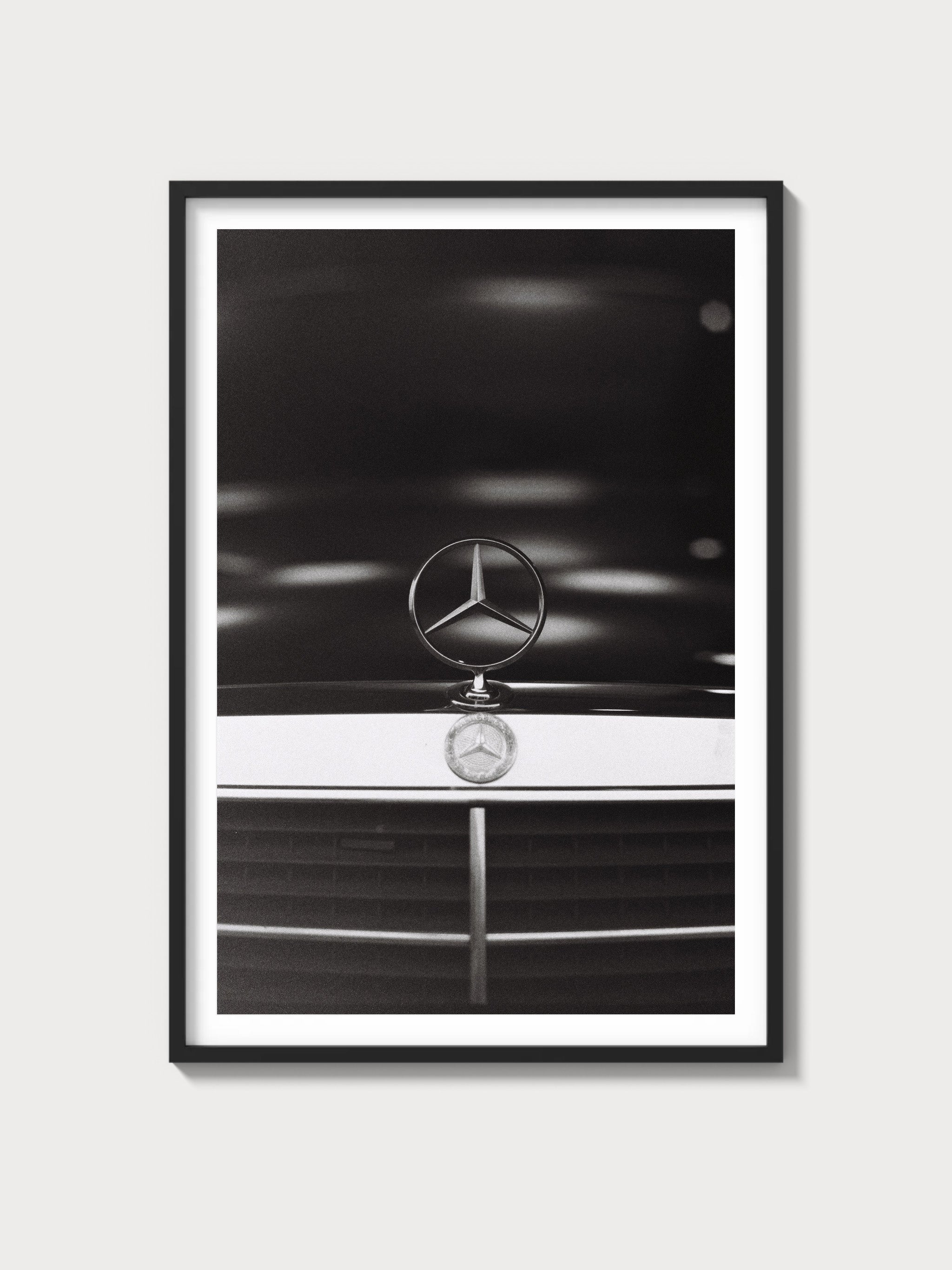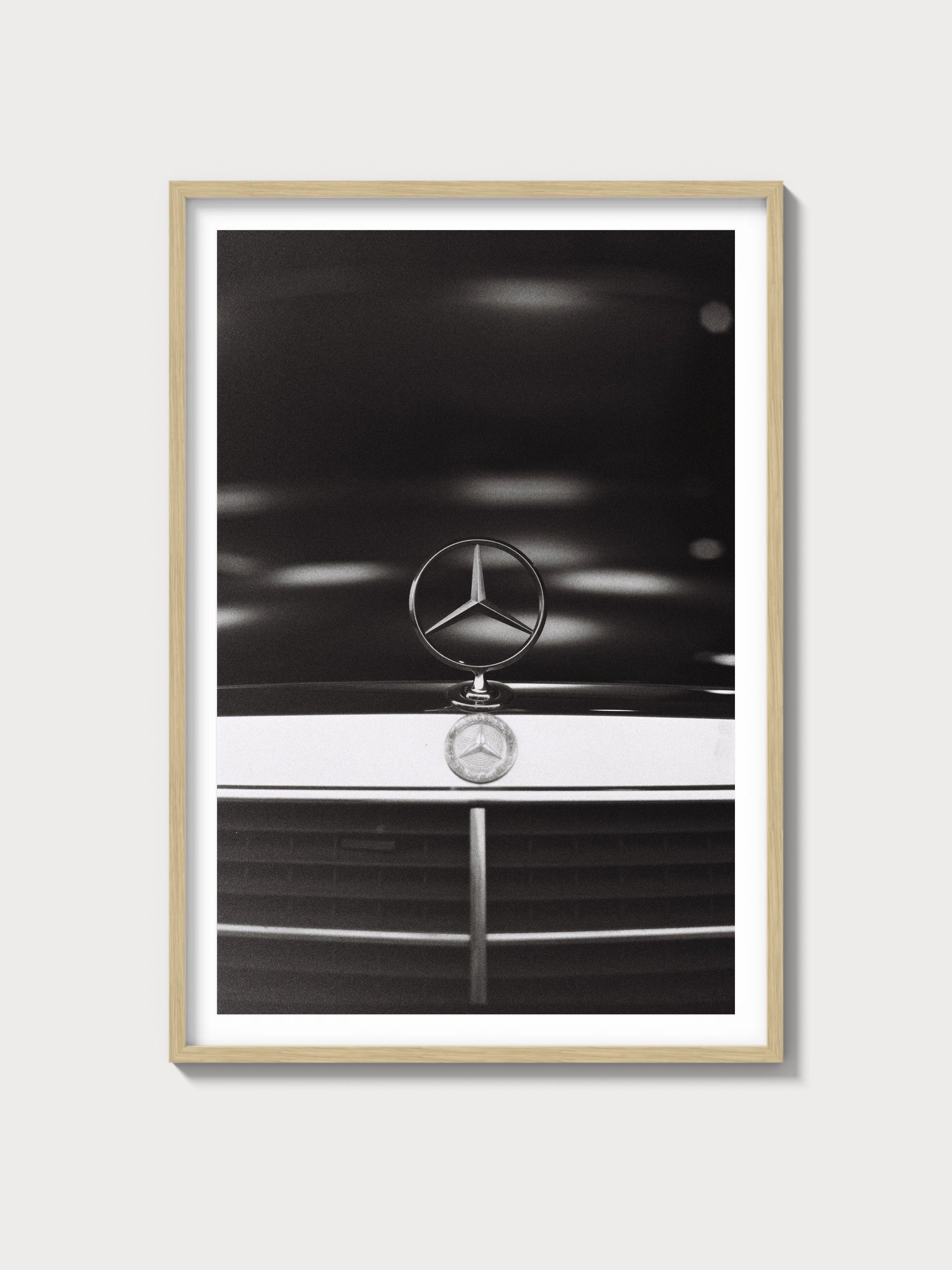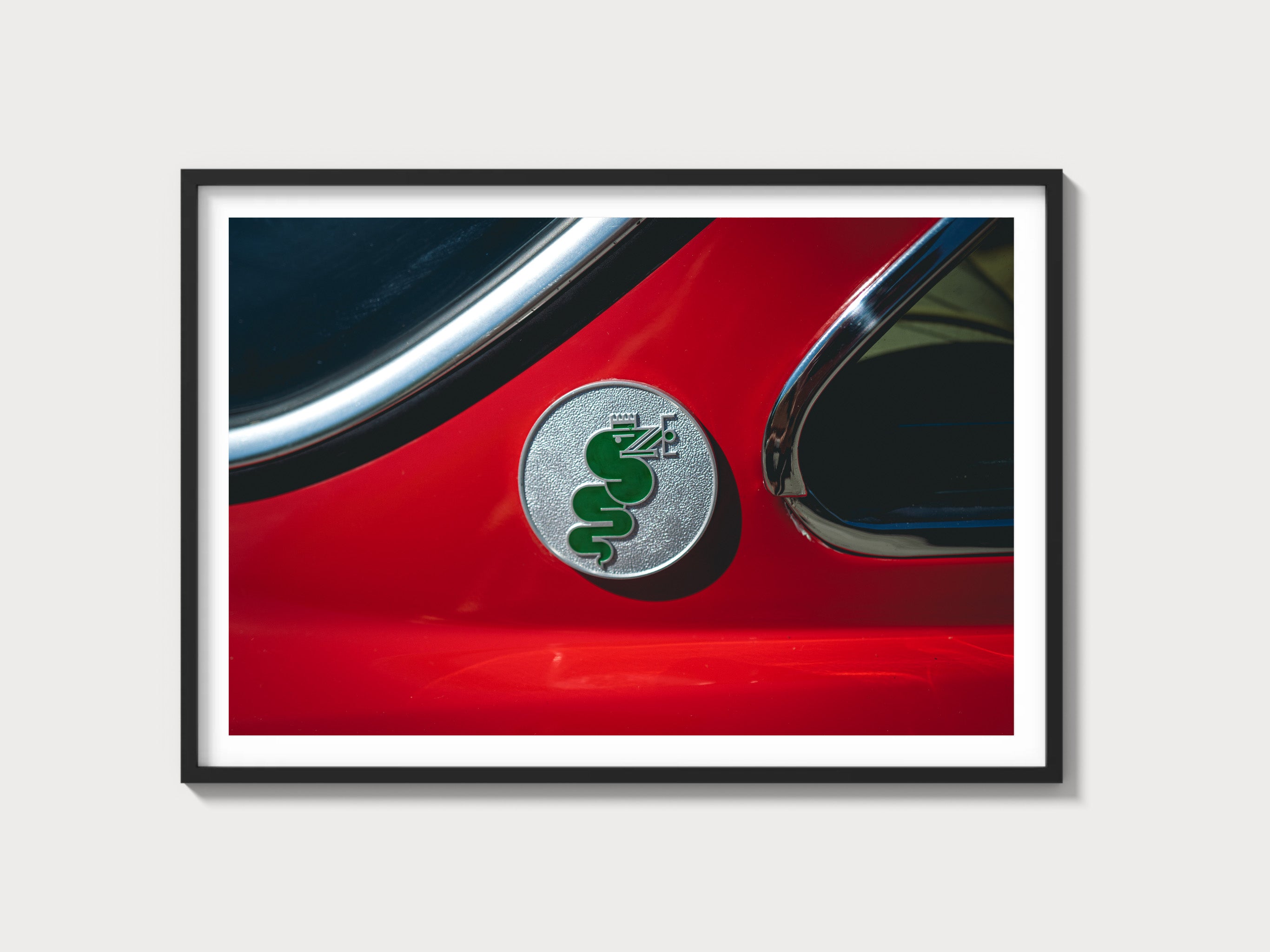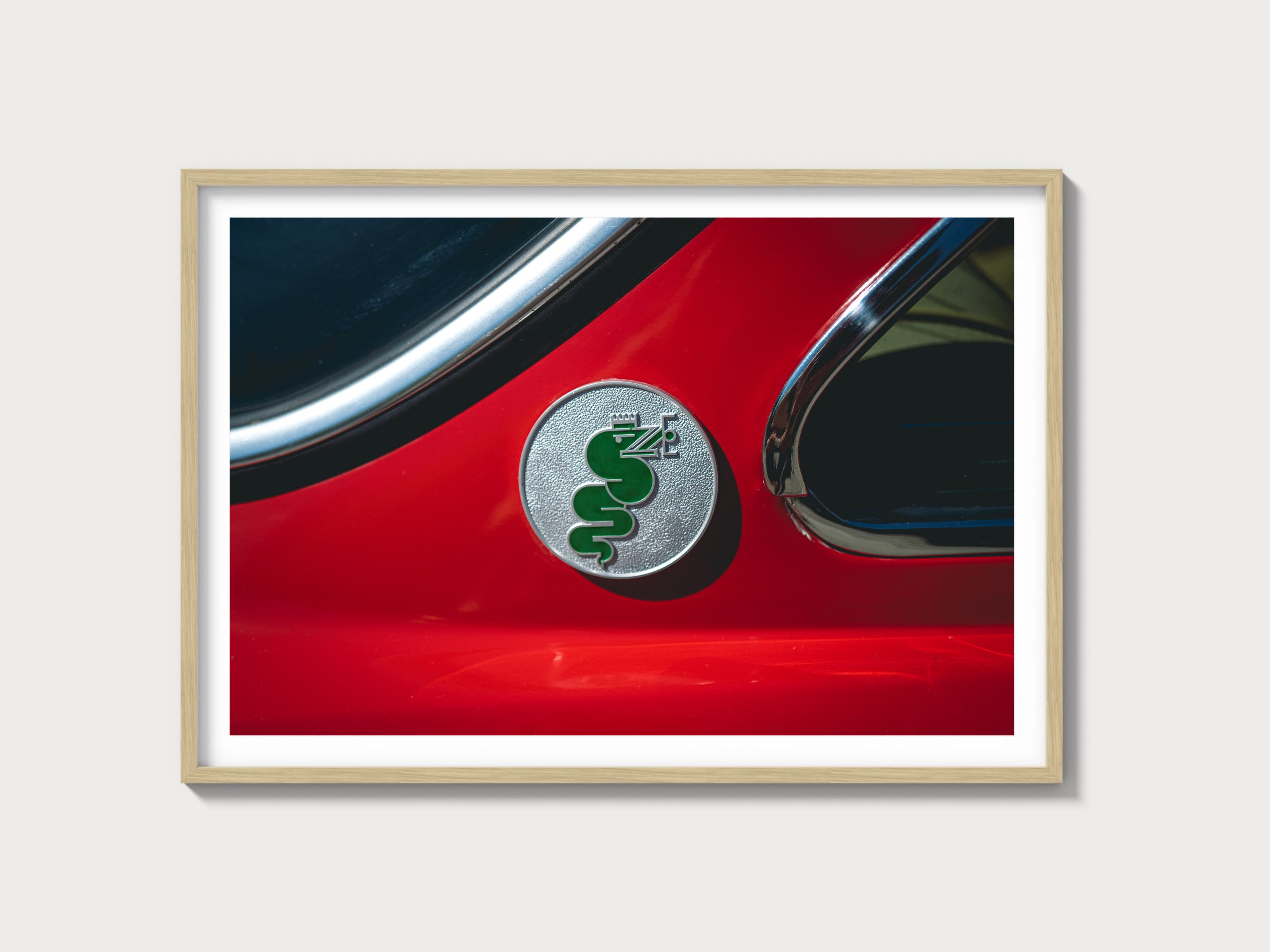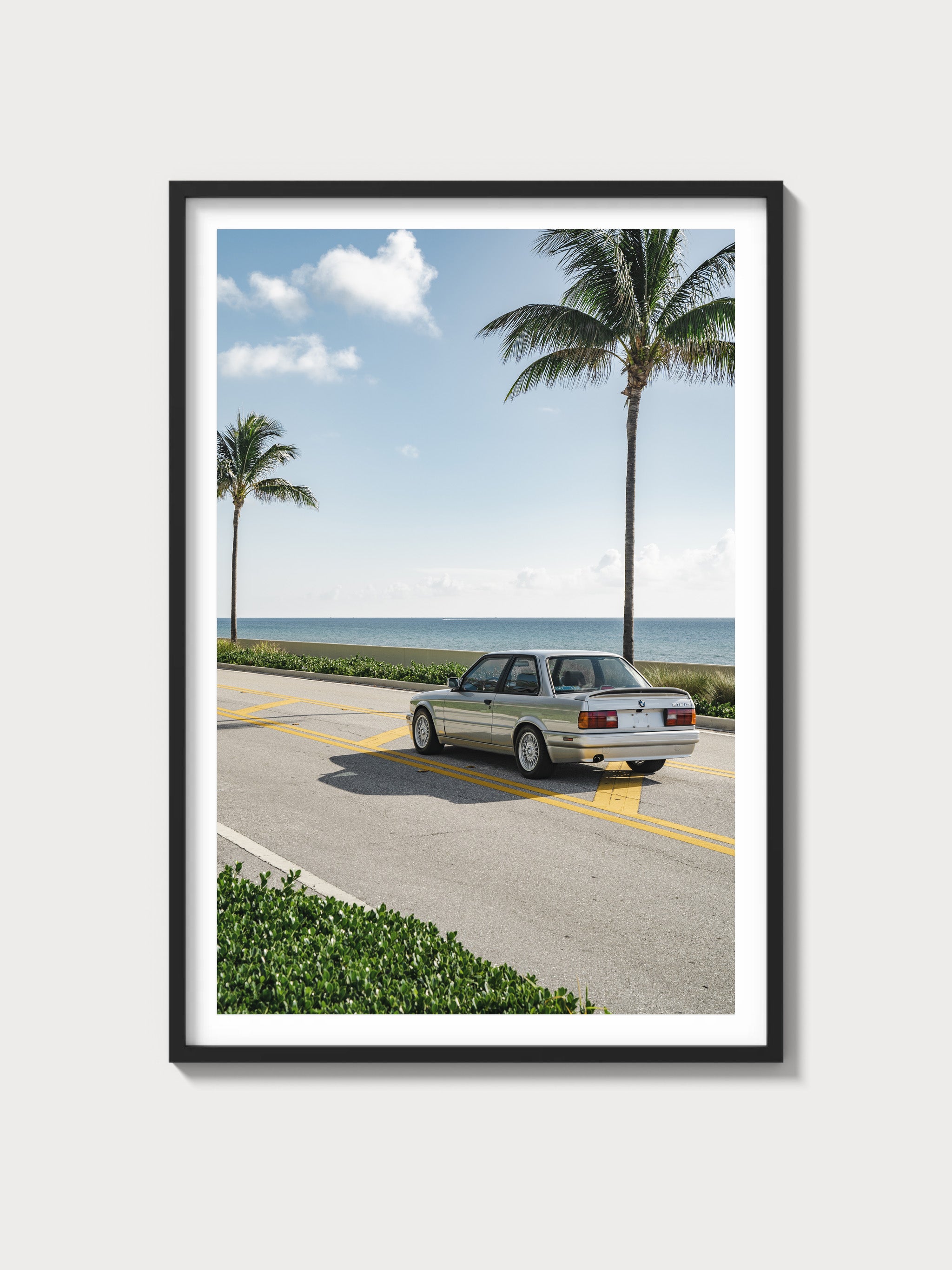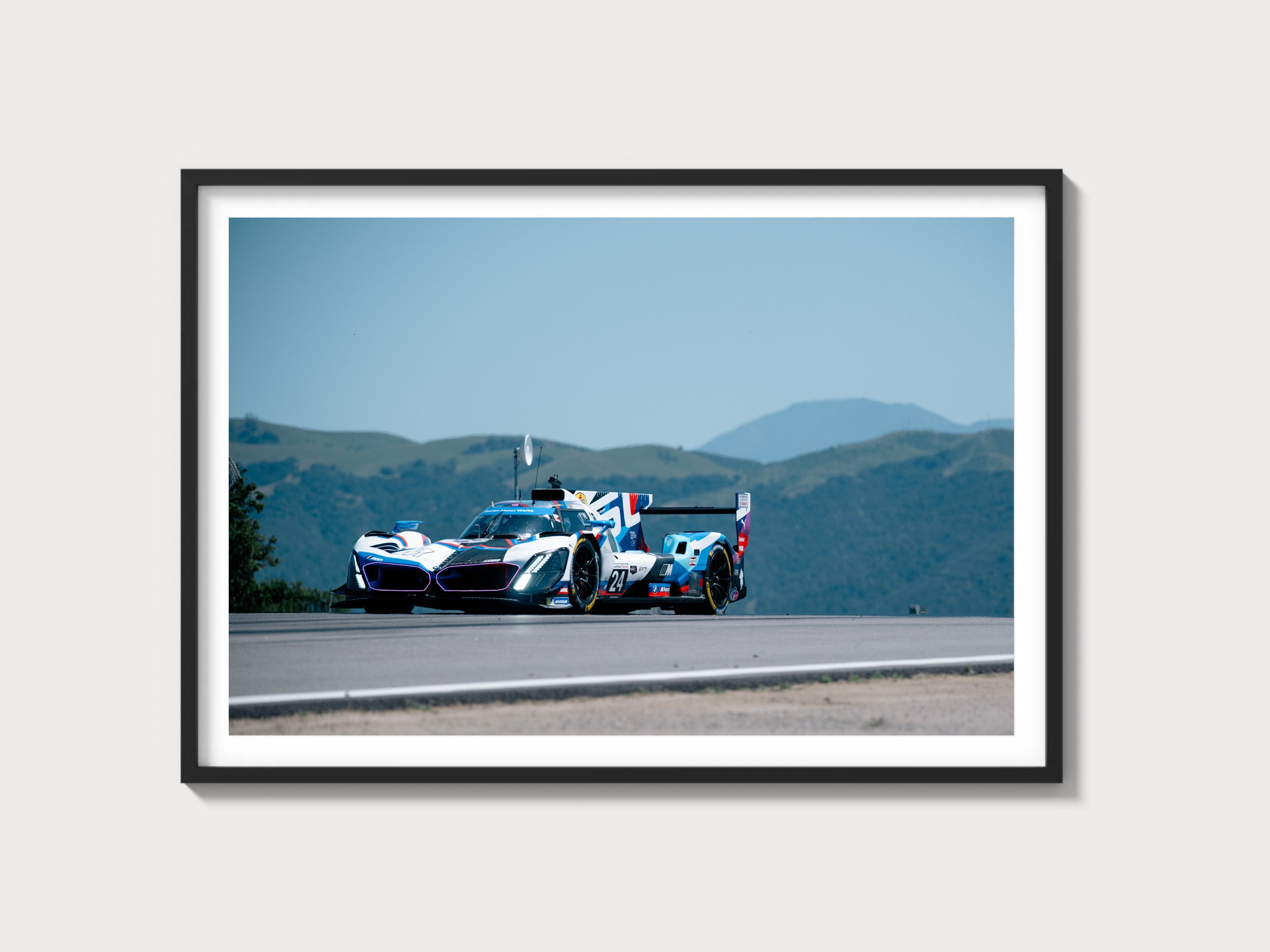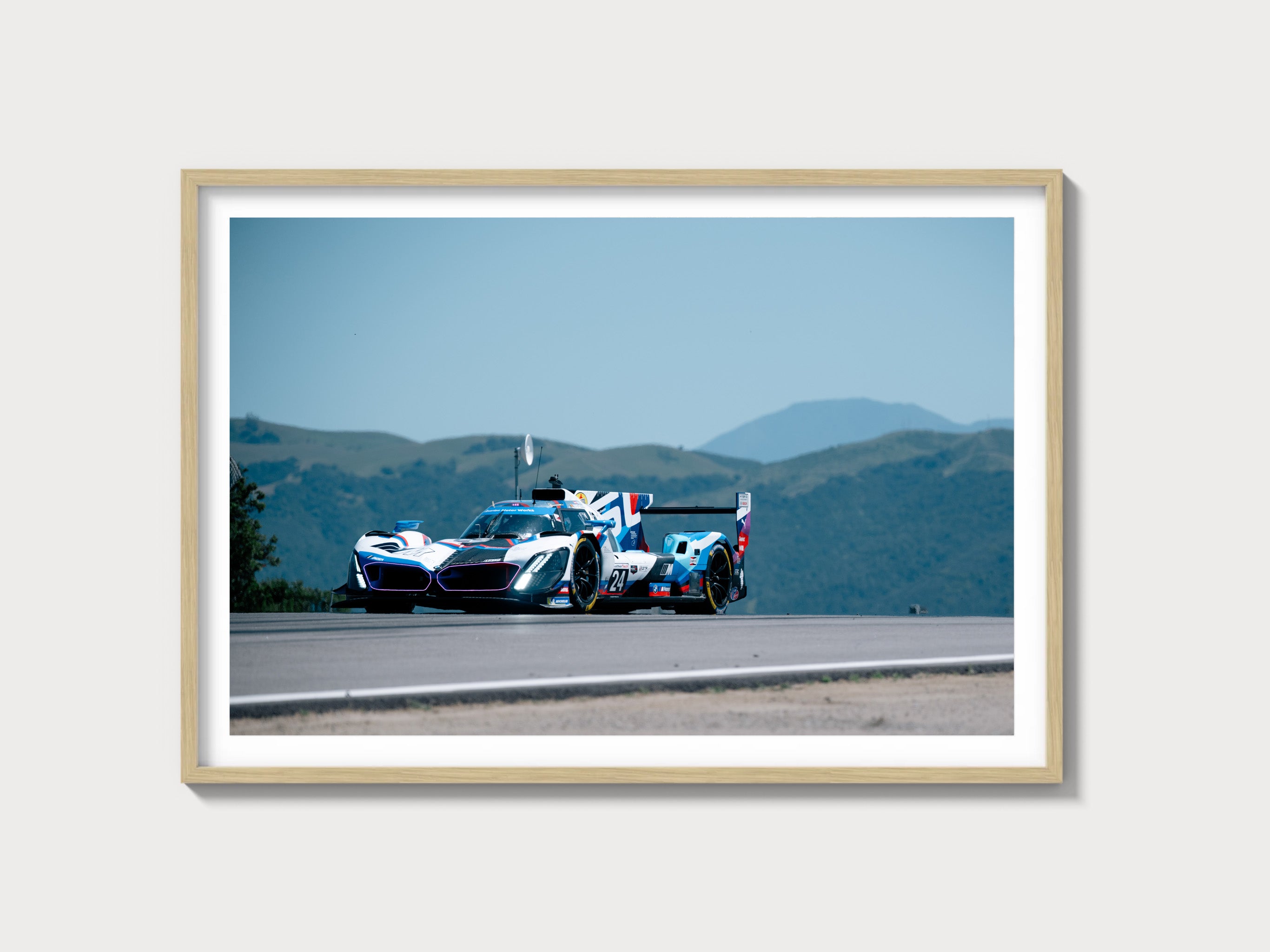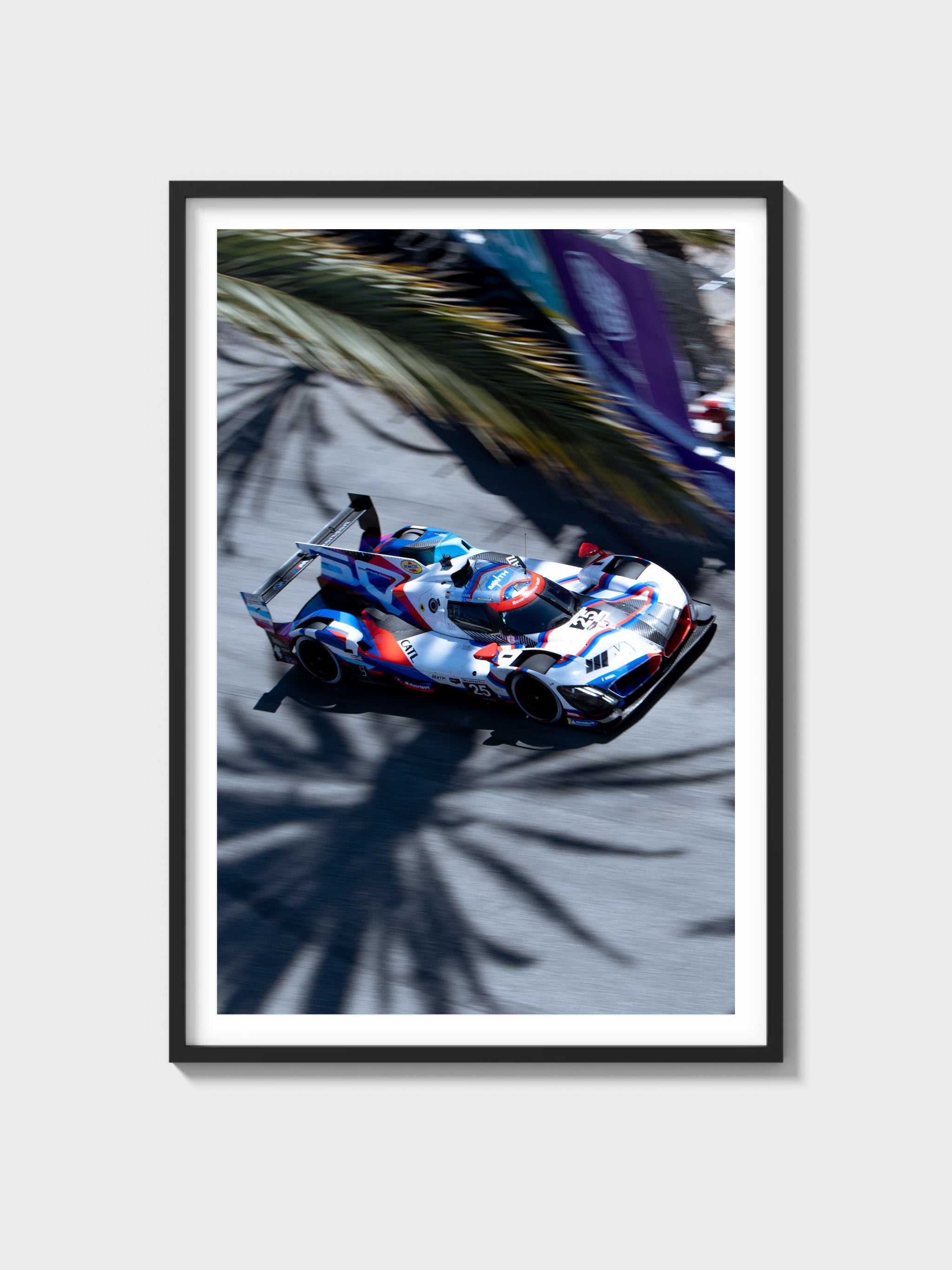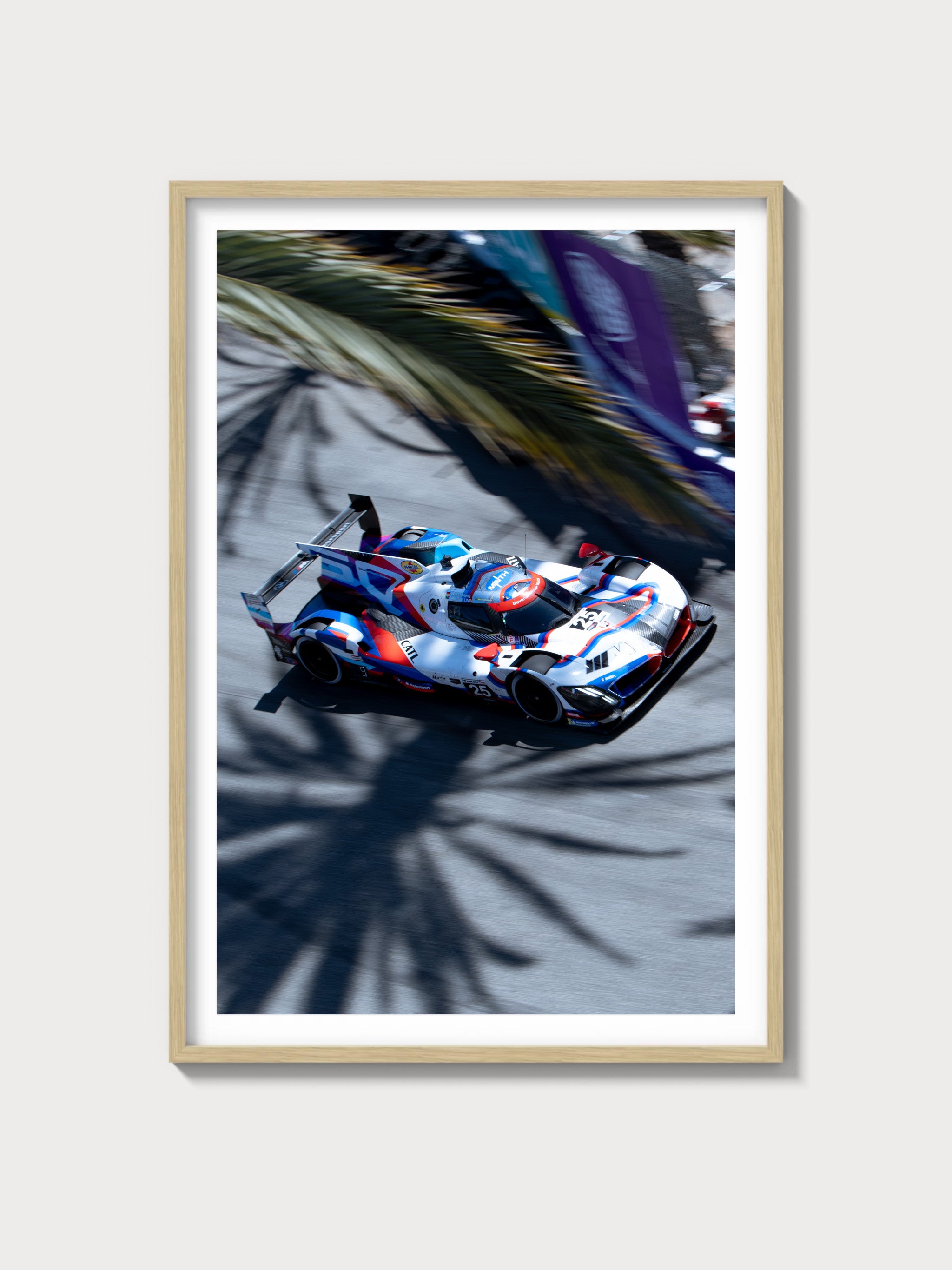The 1963–1967 Chevrolet Corvette Sting Ray: An Iconic American Sports Car
Historical Context and Development Background
The Chevrolet Corvette Sting Ray, spanning from 1963 to 1967, represents a pivotal chapter in the Corvette lineage, known as the C2 generation. With its shark-like split-window design, the 1963 model year introduced a radical departure under the guidance of GM's visionary designer Bill Mitchell and engineer Zora Arkus-Duntov. Their mission was clear: to elevate the Corvette from a capable sports car into a world-class contender. The Sting Ray's design drew inspiration from Mitchell's earlier concept, the XP-87 Stingray Racer, reflecting the era's focus on aerodynamics and performance aesthetics.
Introduced in an era of intense competition, the Sting Ray faced off against formidable rivals such as the Ford Mustang and the Shelby Cobra. Yet, it carved its own niche, appealing to enthusiasts with its futuristic design and robust performance capabilities.
Engine and Technical Specifications
| Specification | Details |
|---|---|
| Engine Configuration | V8 |
| Displacement | 327 cu in (5.36 L) to 427 cu in (7.00 L) |
| Horsepower | 250 to 435 hp |
| Induction Type | Carbureted |
| Redline | 6,500 RPM |
| Fuel System | Rochester Fuel Injection (optional) |
| Compression Ratio | 10.0:1 to 11.0:1 |
| Bore x Stroke | 4.00 in x 3.25 in to 4.31 in x 3.76 in |
Driving Experience and Handling Dynamics
The C2 Corvette delivered a driving experience that was both exhilarating and precise. The independent rear suspension, a novel feature at the time, provided enhanced handling and ride quality. The steering was notably responsive, and the optional power-assisted brakes offered a level of control that matched the car's prodigious power output. Whether cruising or attacking winding roads, the Sting Ray offered a level of driver engagement that was unparalleled for its era.
Full Performance Specifications
| Performance Metric | Specification |
|---|---|
| 0-60 mph | 5.6 seconds |
| Top Speed | 150 mph |
| Quarter-Mile | 14.1 seconds |
| Weight | 3,150 lbs |
| Layout | FR (Front-engine, Rear-wheel-drive) |
| Brakes | Disc brakes (from 1965) |
| Suspension | Independent rear suspension |
| Gearbox Type | 4-speed manual or 3-speed automatic |
Variant Breakdown
| Model Year | Production Numbers | Major Differences |
|---|---|---|
| 1963 | 21,513 | Split-window coupe, new chassis |
| 1964 | 22,229 | Elimination of split-window, refinement of suspension |
| 1965 | 23,562 | Introduction of disc brakes |
| 1966 | 27,720 | 427 cu in engine introduced |
| 1967 | 22,940 | Refined styling, 'Stinger' hood |
Ownership Notes
Maintaining a C2 Corvette requires diligence, particularly in ensuring the availability of period-correct parts. While the aftermarket supports these classics well, originality is key to maintaining value. Regular service intervals and a keen eye for potential rust in the steel frame are crucial for preservation. Restoration can be a rewarding yet challenging endeavor, given the intricacies of the Sting Ray's design and engineering.
Cultural Relevance
The Sting Ray's cultural imprint is indelible, having made numerous appearances in films and television, cementing its status as an American icon. Collectors highly prize well-maintained examples, with auction prices reflecting their historical significance and enduring appeal. Its racing legacy, particularly in SCCA competitions, further solidifies its stature as a performance benchmark of the 1960s.
FAQs
What are the known reliability issues of the C2 Corvette? While generally robust, the C2 Corvette's electrical system can be prone to issues, particularly with aging wiring.
How does the value of a 1963–1967 Corvette trend over time? Values have steadily appreciated, especially for rare models like the 1963 split-window coupe and big-block variants.
What engine options were available for the C2 Corvette? The C2 offered a range of V8 engines from the base 327 cu in to the high-performance 427 cu in.

